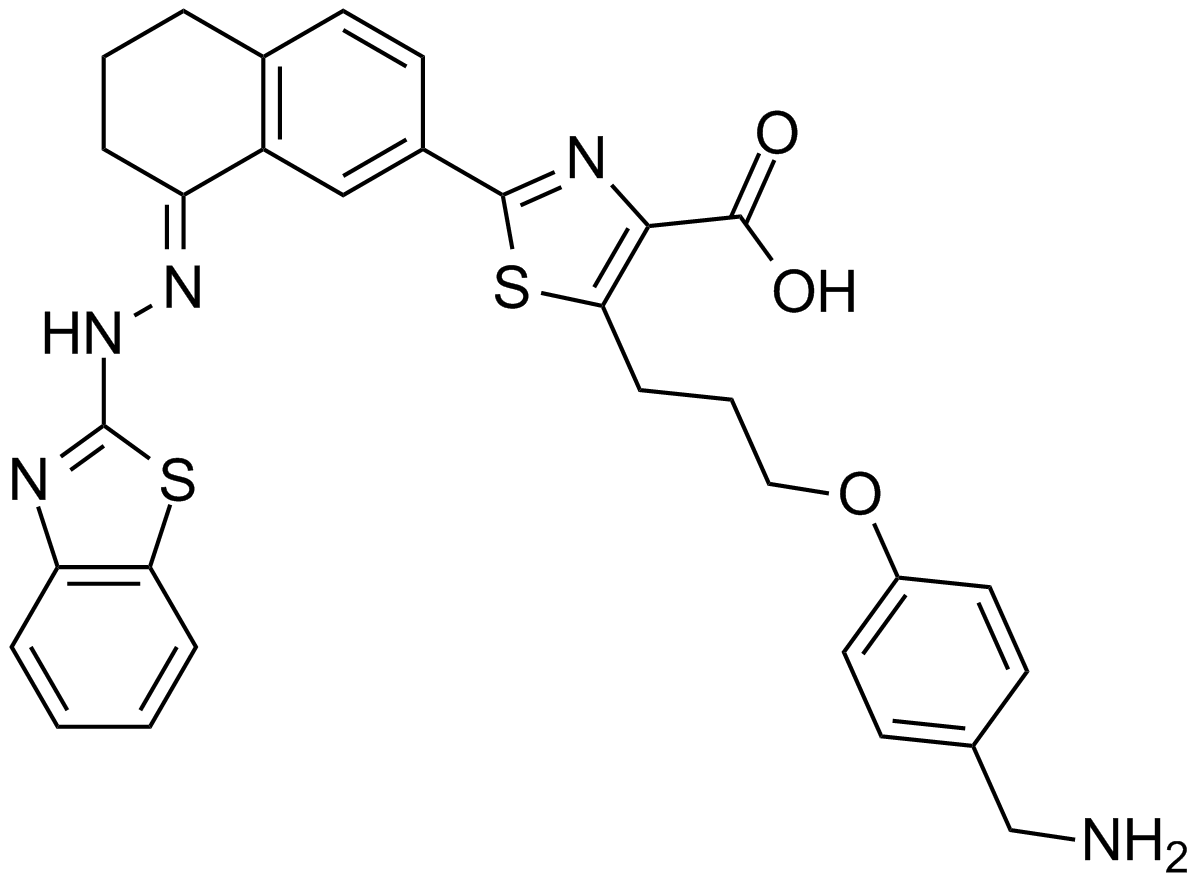Bcl-2 Family
Bcl-2 family proteins are a group of proteins homologous to the Bcl-2 protein and characterized by containing at least one of four conserved Bcl-2 homology (BH) domains (BH1, BH2, BH3 and BH4). Bcl-2 family proteins, consisting of pro-apoptotic and anti-apoptotic molecules, can be classified into the following three subfamilies according to sequence homology within four BH domains: (1) a subfamily shares sequence homology within all four BH domains, such as Bcl-2, Bcl-XL and Bcl-w which are anti-apoptotic; (2) a subfamily shares sequence homology within BH1, BH2 and BH4, such as Bax and Bak which are pro-apoptotic; (3) a subfamily shares sequence homology only within BH3, such as Bik and Bid which are pro-apoptotic.
Produkte für Bcl-2 Family
- Bestell-Nr. Artikelname Informationen
-
GC17008
(+)-Apogossypol
(+)-Apogossypol ist ein Pan-BCL-2-Antagonist. (+)-Apogossypol bindet an Mcl-1, Bcl-2 und Bcl-xL mit EC50-Werten von 2,6, 2,8 bzw. 3,69 μM.
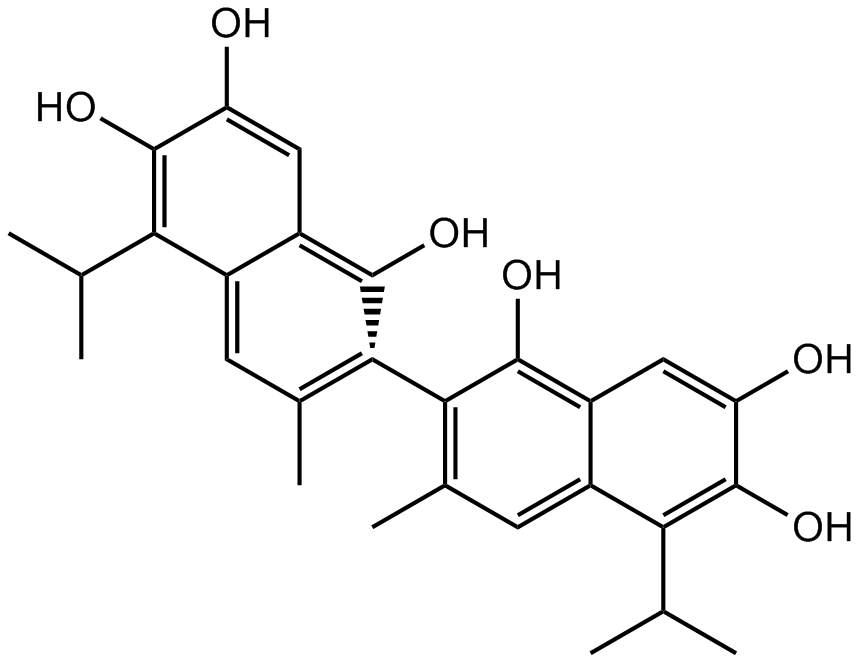
-
GC34980
(E)-Ferulic acid
(E)-FerulasÄure ist ein Isomer von FerulasÄure, einer aromatischen Verbindung, die in PflanzenzellwÄnden reichlich vorhanden ist. (E)-FerulasÄure verursacht die Phosphorylierung von β-Catenin, was zu einem proteasomalen Abbau von β-Catenin fÜhrt und die Expression des pro-apoptotischen Faktors Bax erhÖht und die Expression des ÜberlebensfÖrdernden Faktors Survivin verringert. (E)-FerulasÄure zeigt eine starke FÄhigkeit, reaktive Sauerstoffspezies (ROS) zu entfernen und die Lipidperoxidation zu hemmen. (E)-FerulasÄure Übt sowohl Antiproliferations- als auch Antimigrationswirkungen in der menschlichen Lungenkrebszelllinie H1299 aus.
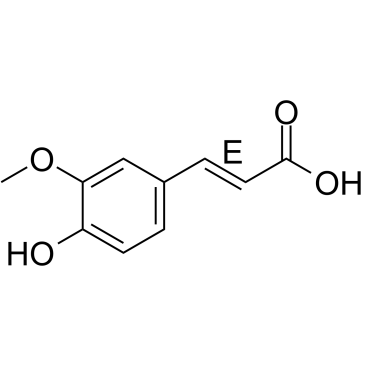
-
GC34096
(R)-(-)-Gossypol acetic acid (AT-101 (acetic acid))
(R)-(-)-Gossypol-EssigsÄure (AT-101 (EssigsÄure)) (AT-101 (EssigsÄure)) ist das linksdrehende Isomer des Naturprodukts Gossypol. Es wird bestimmt, dass AT-101 an Bcl-2-, Mcl-1- und Bcl-xL-Proteine mit Kis von 260&7#177;30 nM, 170&7#177;10 nM bzw. 480&7#177;40 nM bindet.
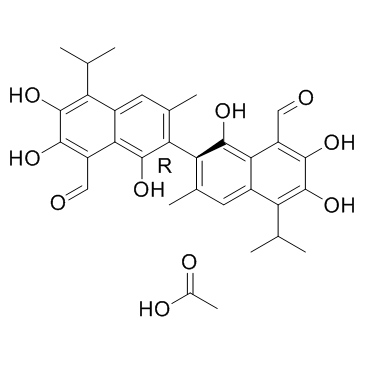
-
GC35001
(S)-Gossypol acetic acid
(S)-Gossypol ist das Isomer des Naturprodukts Gossypol. (S)-Gossypol bindet mit hoher Affinität an die BH3-Bindungsfurche von Bcl-xL- und Bcl-2-Proteinen.
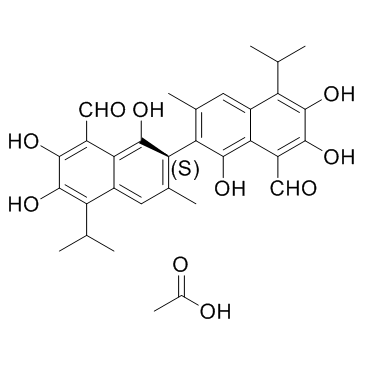
-
GC12258
2,3-DCPE hydrochloride
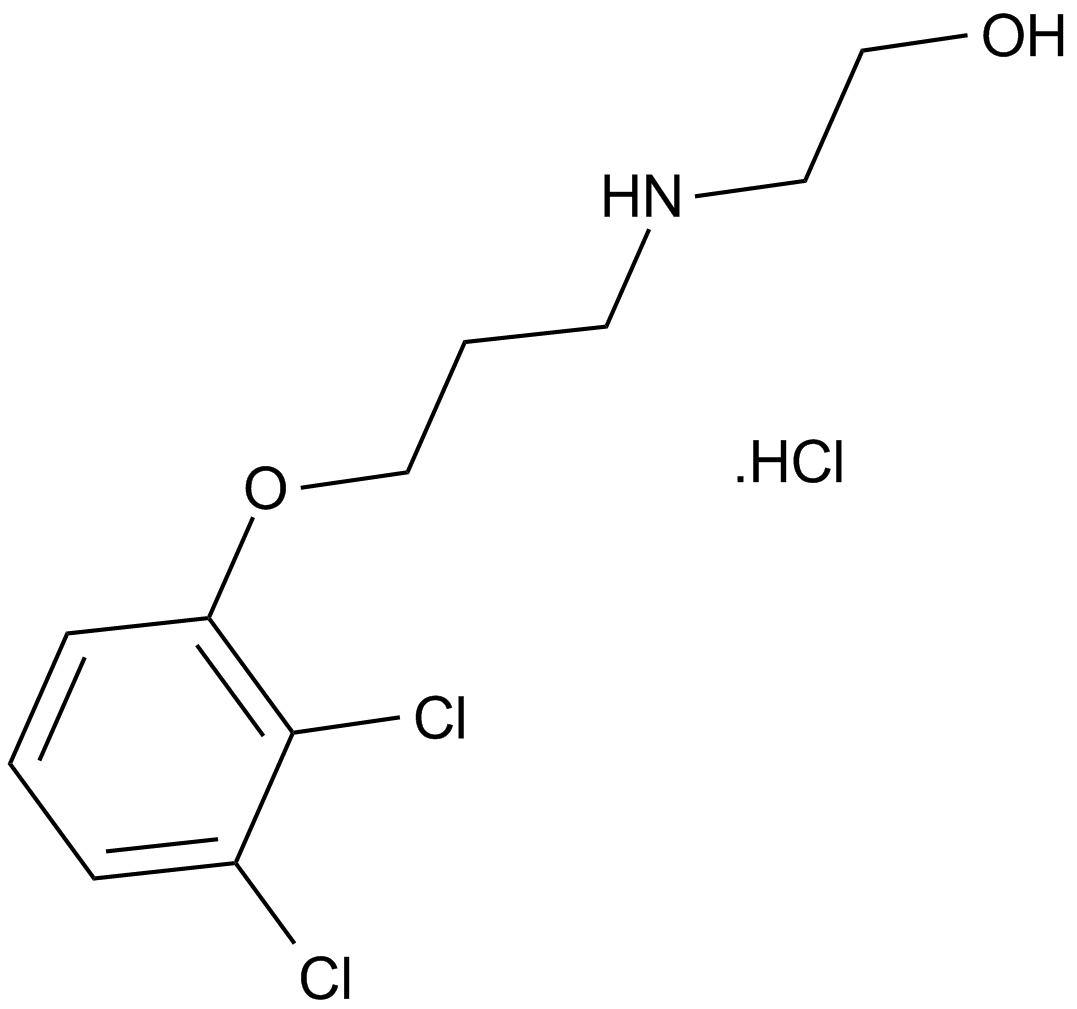
-
GC17512
A-1155463
A-1155463 ist ein hochwirksamer und selektiver BCL-XL-Inhibitor mit einem EC50-Wert von 70 nM in Molt-4-Zellen.
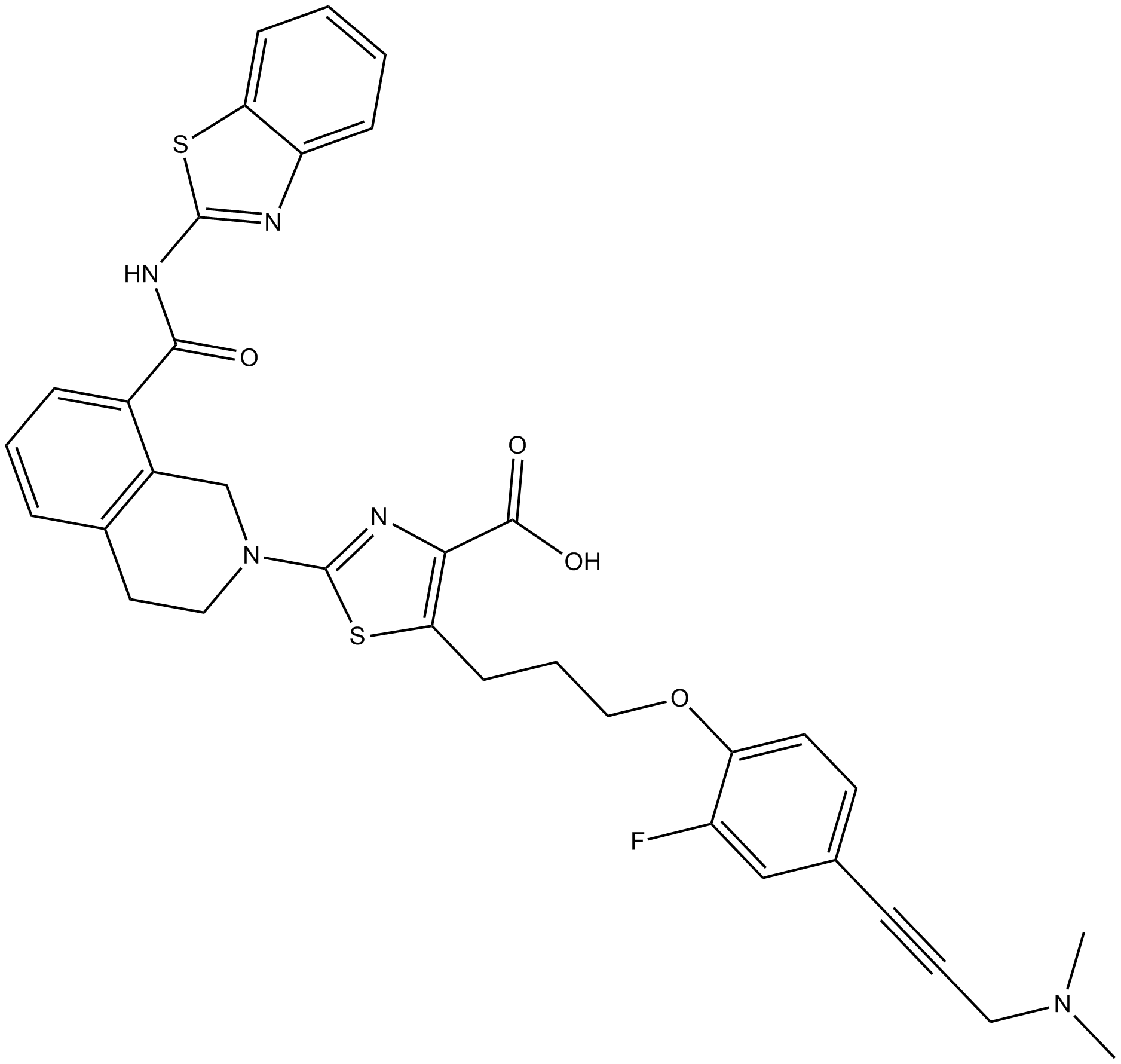
-
GC16278
A-1210477
A-1210477 ist ein potenter und selektiver Inhibitor von MCL-1 mit einem Ki von 0,45 nM. A-1210477 bindet spezifisch MCL-1 und fÖrdert die Apoptose von Krebszellen auf MCL-1-abhÄngige Weise.
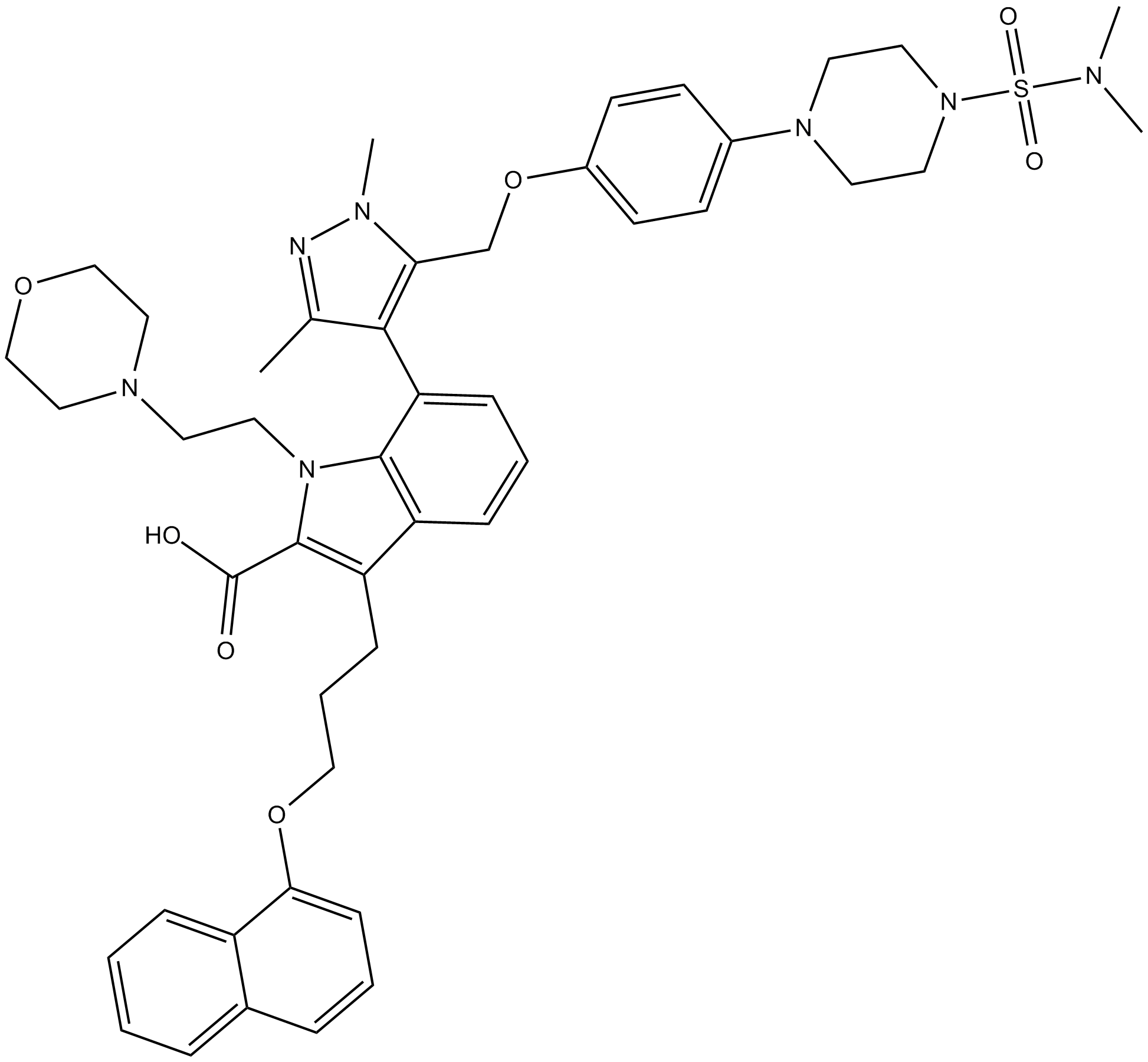
-
GC17513
A-1331852
A-1331852 ist ein oral verfÜgbarer selektiver BCL-XL-Inhibitor mit einem Ki von weniger als 10 pM.
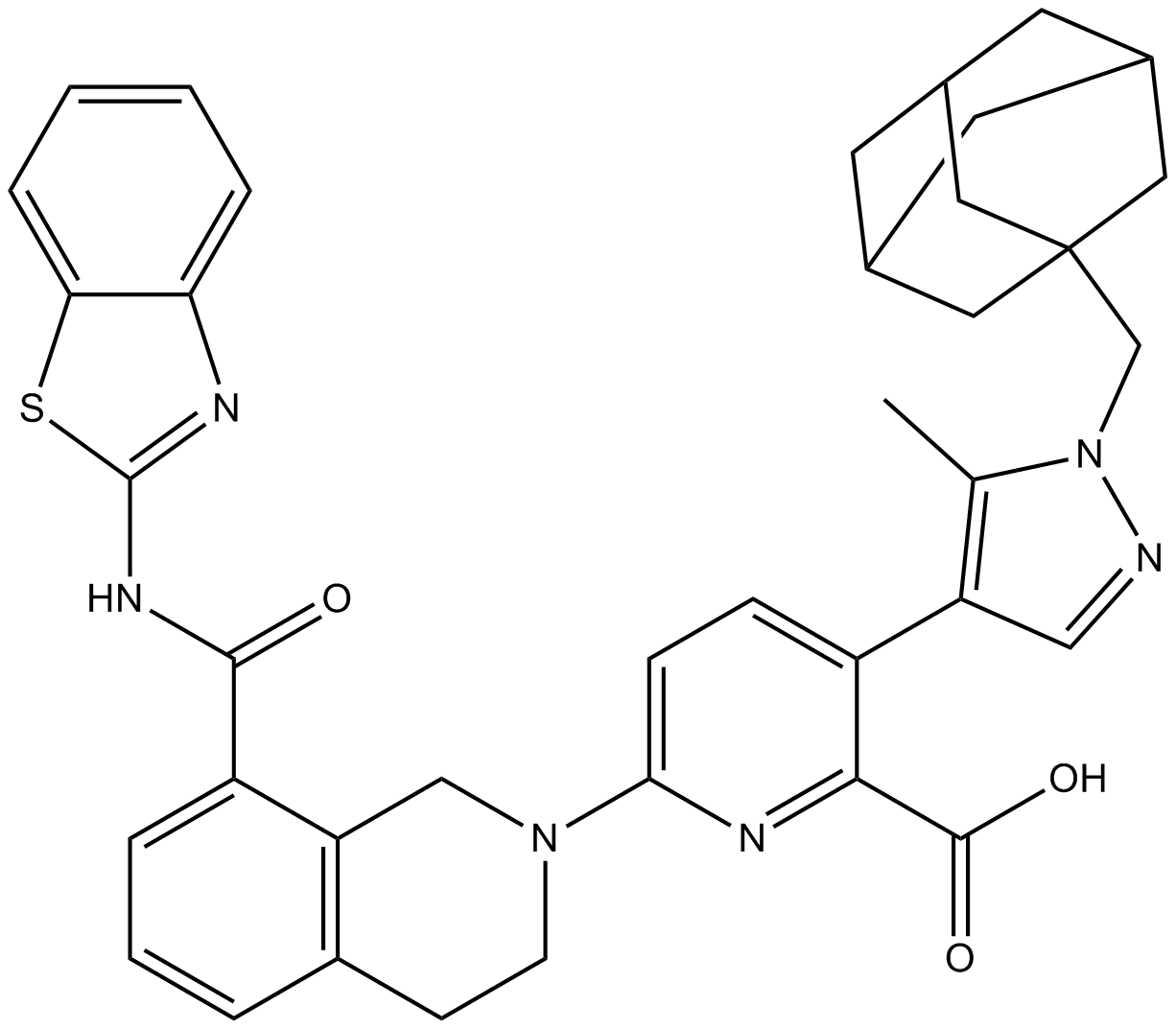
-
GC32981
A-385358
A-385358 ist ein selektiver Inhibitor von Bcl-XL mit Kis von 0,80 und 67 nM fÜr Bcl-XL bzw. Bcl-2.
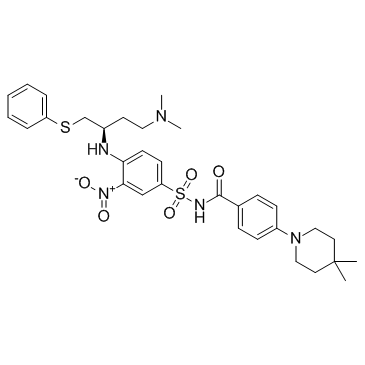
-
GC64674
ABBV-167
ABBV-167 ist ein Phosphat-Prodrug des BCL-2-Inhibitors Venetoclax.
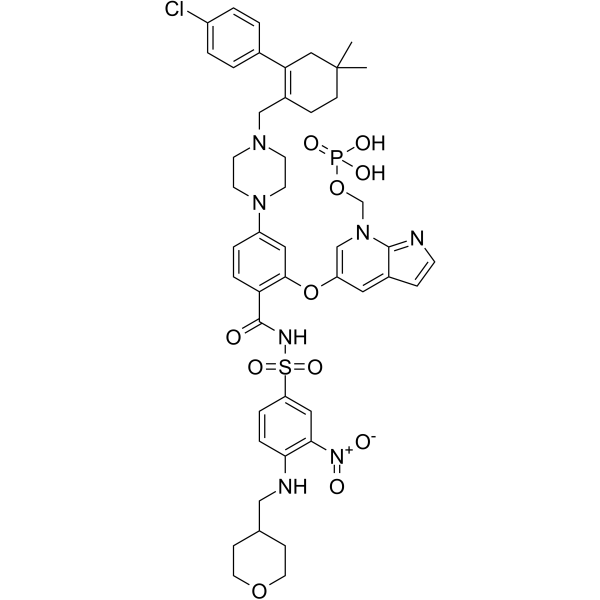
-
GC14069
ABT-199
Ein Bcl-2-Inhibitor
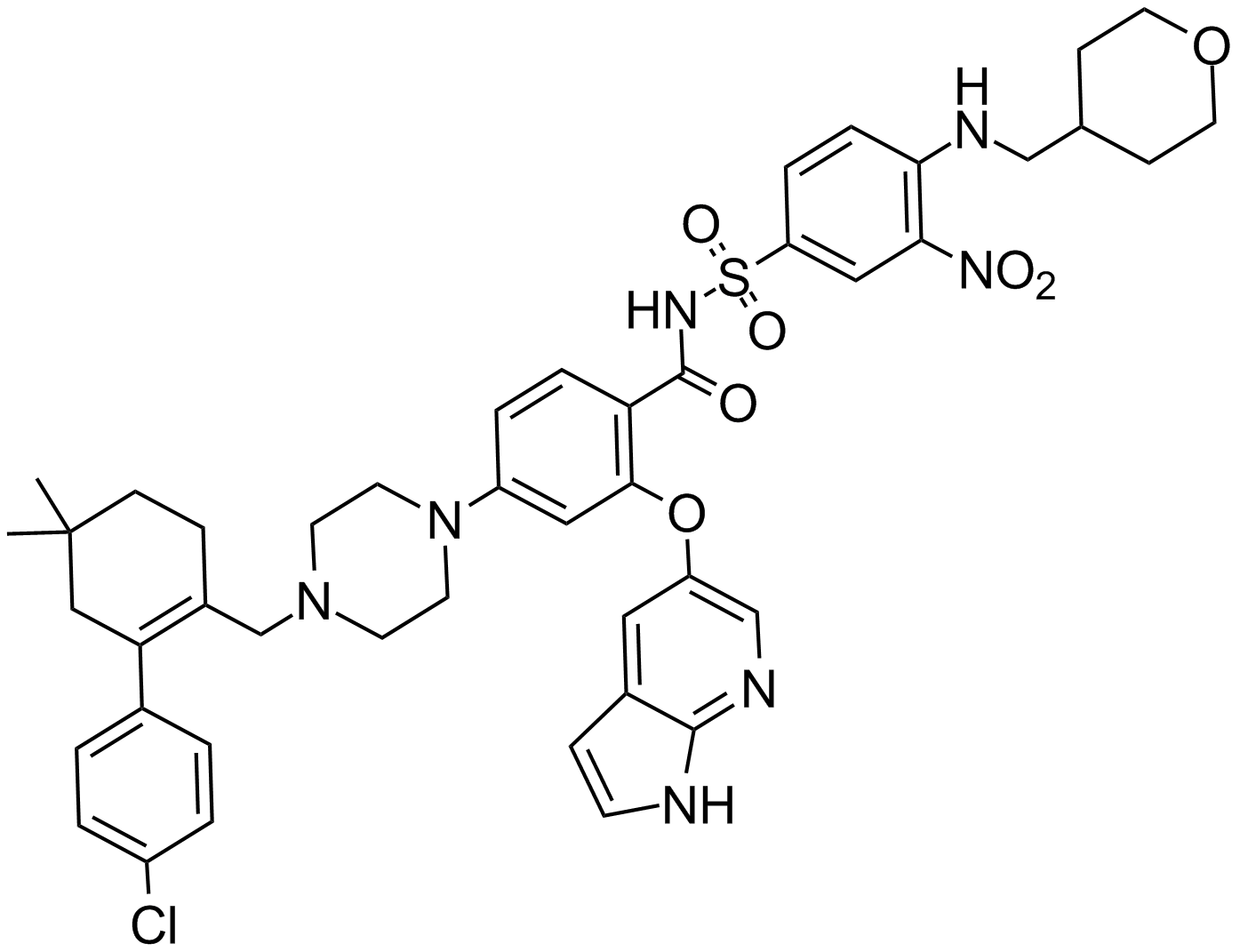
-
GC12405
ABT-263 (Navitoclax)
Ein Hemmstoff von Bcl-2-Familienproteinen.
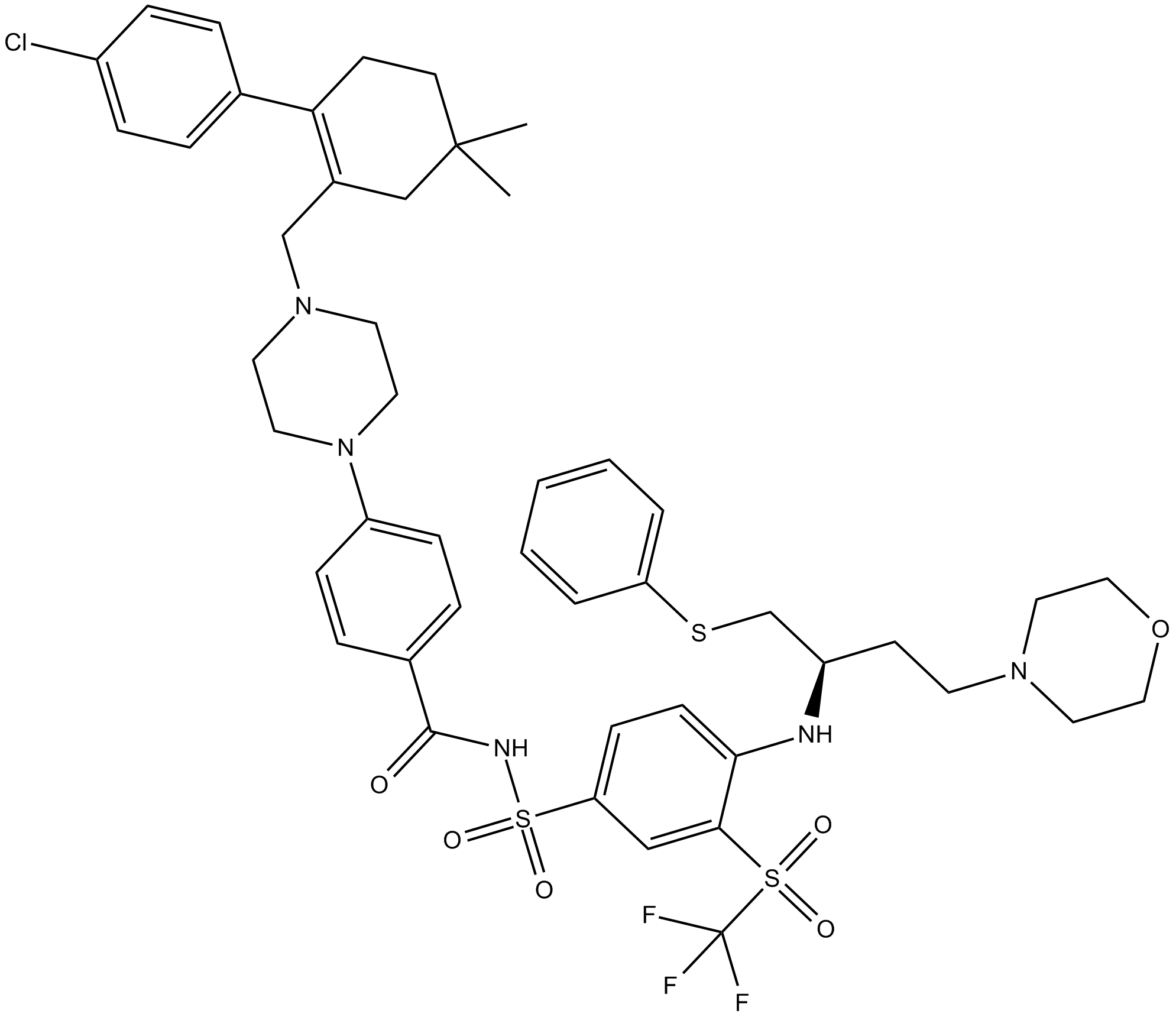
-
GC17234
ABT-737
An inhibitor of anti-apoptotic Bcl-2 proteins
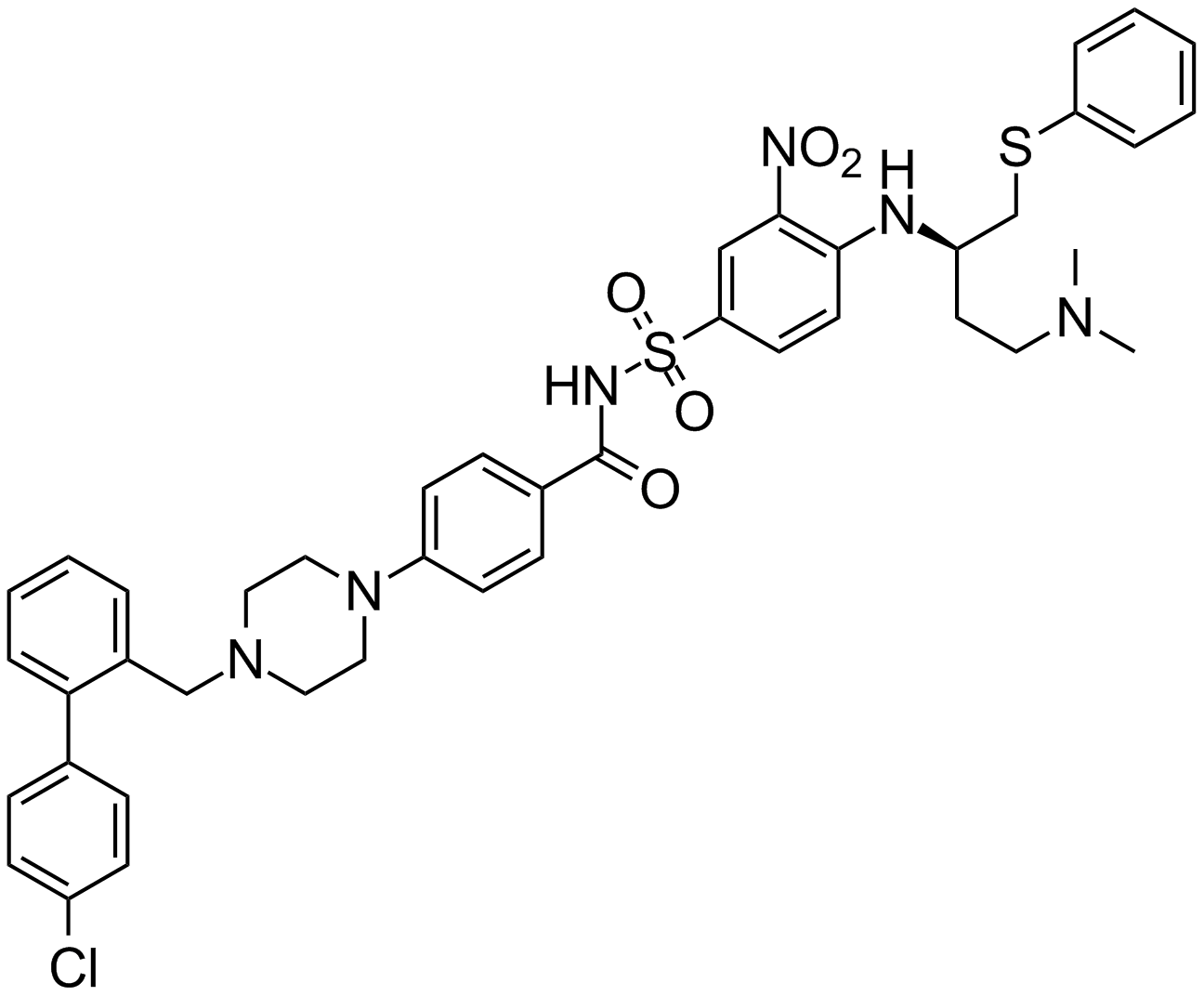
-
GN10341
Acetate gossypol
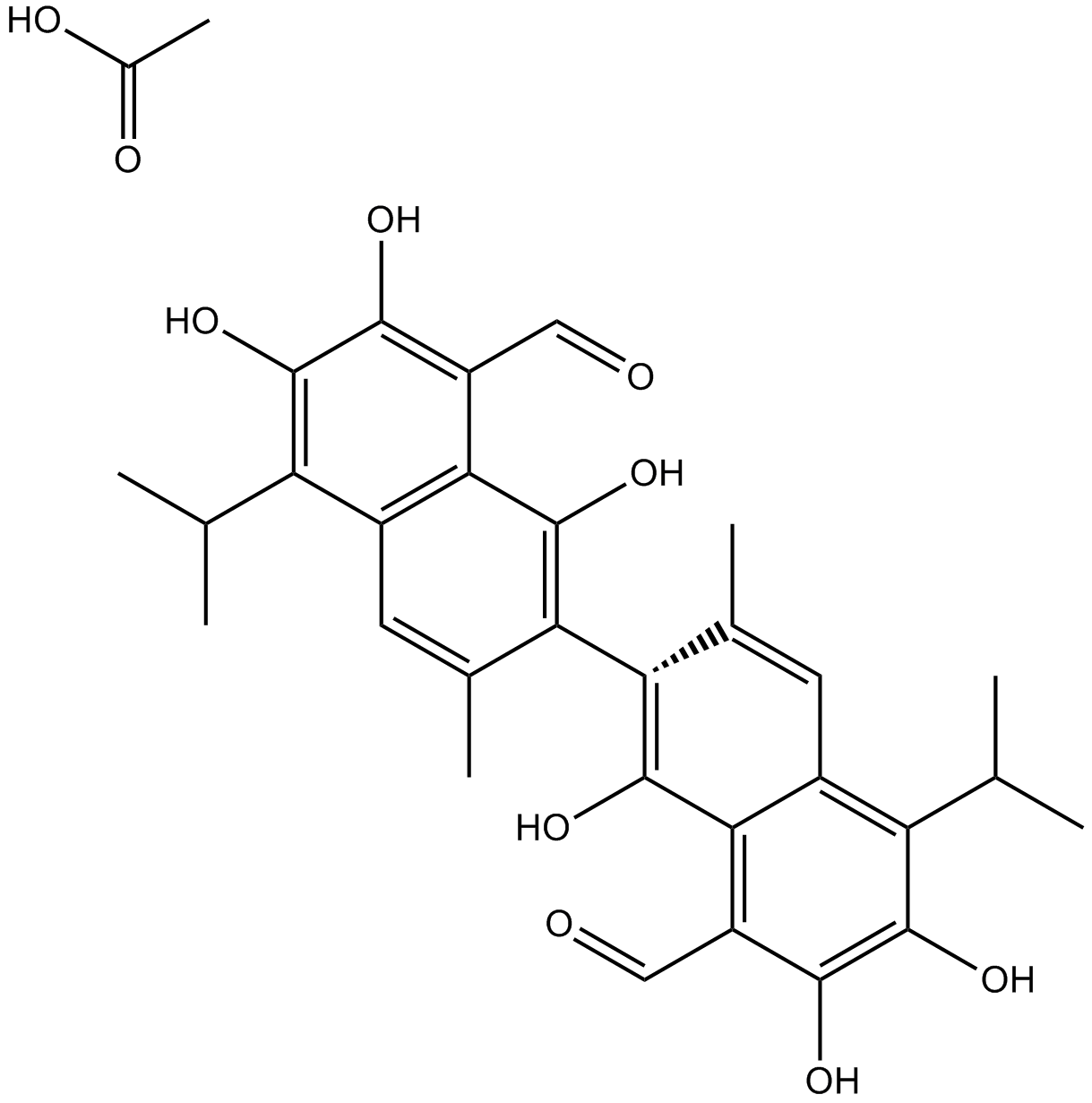
-
GC19452
AMG-176
AMG-176 (AMG-176) ist ein potenter, selektiver und oral aktiver MCL-1-Inhibitor mit einem Ki von 0,13 nM.
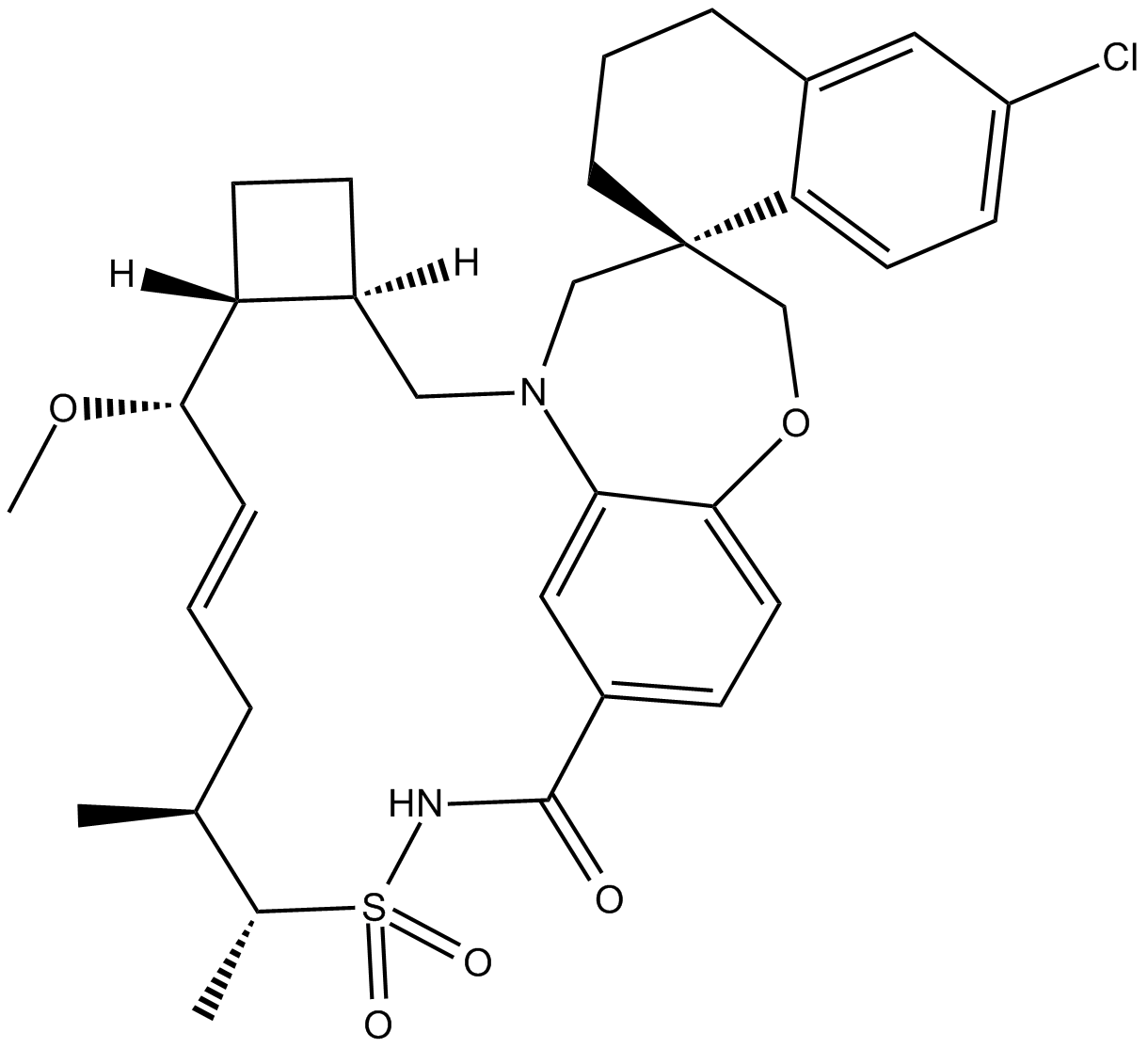
-
GC14080
Apogossypolone (ApoG2)
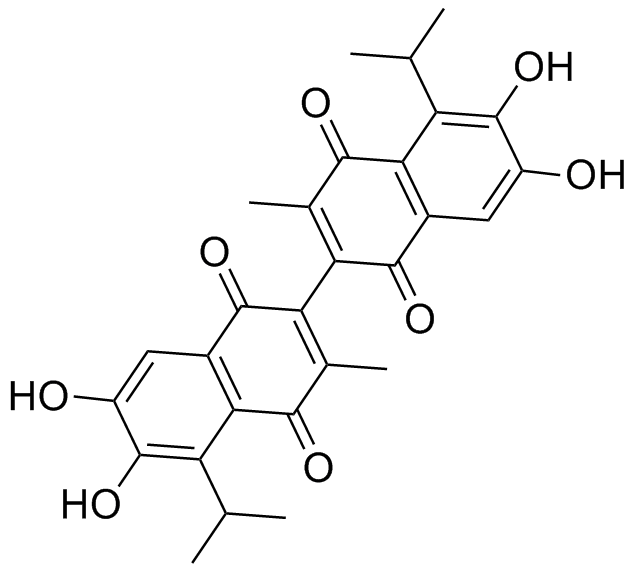
-
GC11106
AT-101
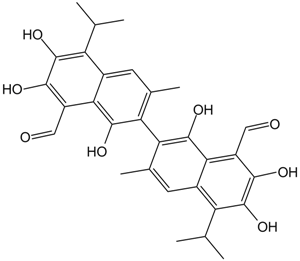
-
GC33247
AZD-5991
AZD-5991 ist ein potenter und selektiver Mcl-1-Inhibitor mit einem IC50-Wert von 0,7 nM im FRET-Assay und einem Kd von 0,17 nM im OberflÄchenplasmonenresonanz-(SPR)-Assay.

-
GC33283
AZD-5991 Racemate
AZD-5991 Racemate ist das Racemate von AZD-5991. AZD-5991 Racemate ist ein Mcl-1-Inhibitor mit einem IC50 von <3 nM im FRET-Assay.
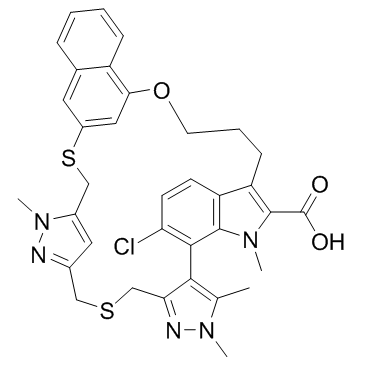
-
GC33239
AZD-5991 S-enantiomer
AZD-5991 S-Enantiomer ist das weniger aktive Enantiomer von AZD-5991. AZD-5991 S-Enantiomer ist ein Mcl-1-Inhibitor mit einem IC50 von 6,3 μM im FRET-Assay und einem Kd von 0,98 μM im Oberflächenplasmonenresonanz-(SPR)-Assay.
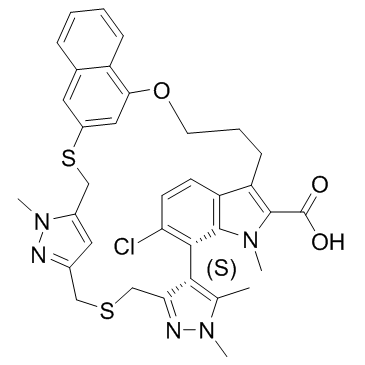
-
GC33255
AZD4320
AZD4320 ist ein neuartiger BH3-imitierender dualer BCL2/BCLxL-Inhibitor mit IC50-Werten von 26 nM, 17 nM und 170 nM fÜr KPUM-MS3-, KPUM-UH1- bzw. STR-428-Zellen.
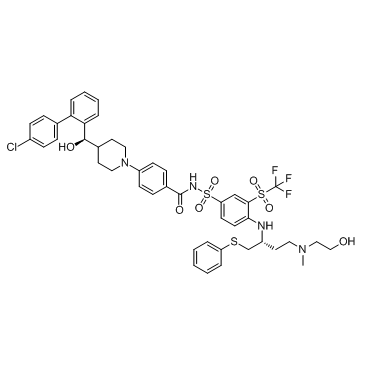
-
GC34263
Bak BH3
Bak BH3 stammt von der BH3-DomÄne von Bak ab und kann die Funktion von Bcl-xL in Zellen antagonisieren.
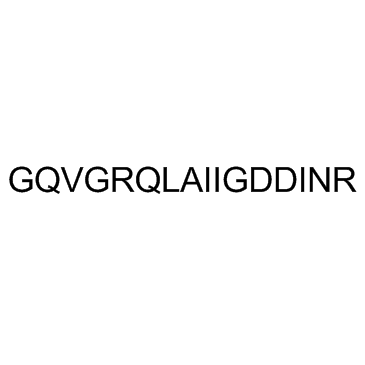
-
GC12053
BAM7
A direct activator of Bax
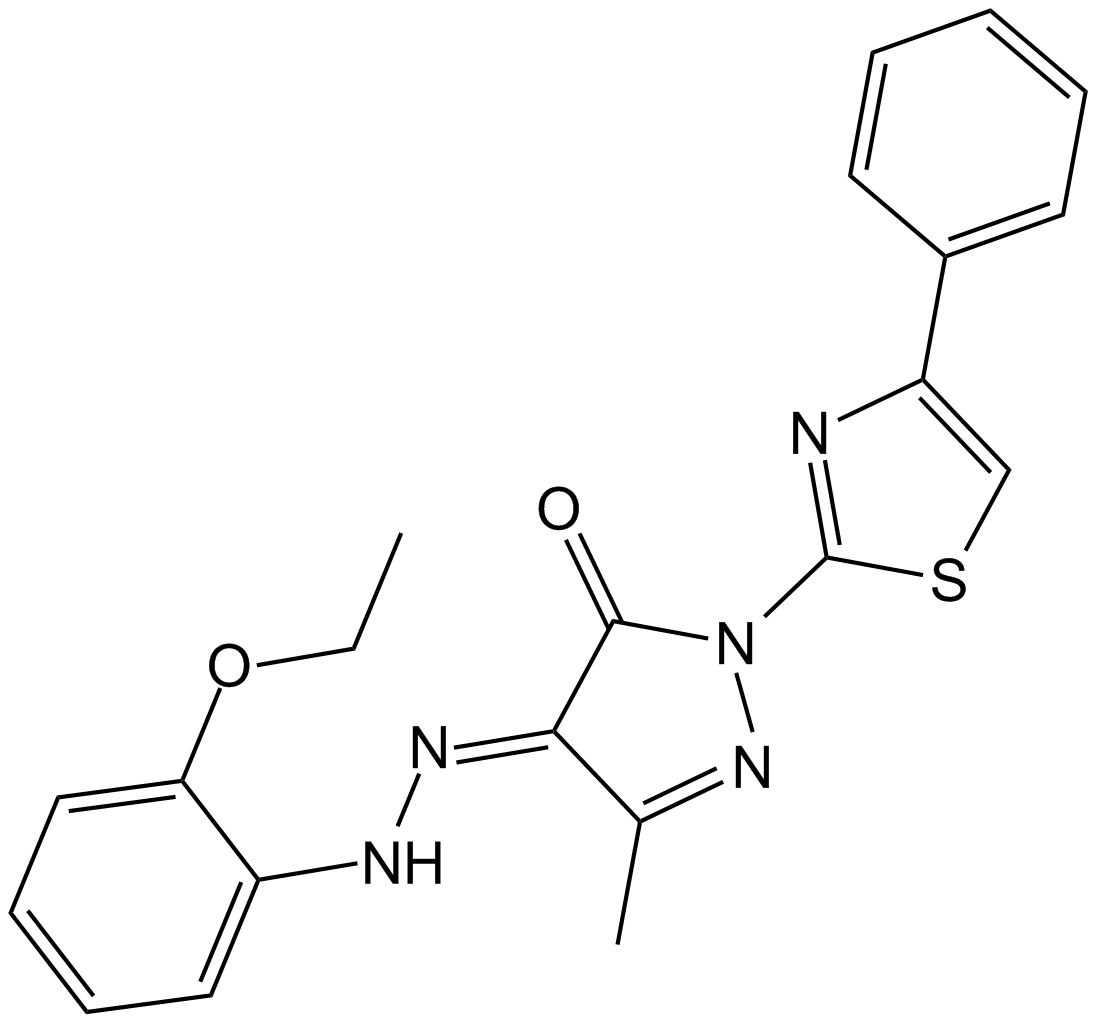
-
GC12763
Bax channel blocker
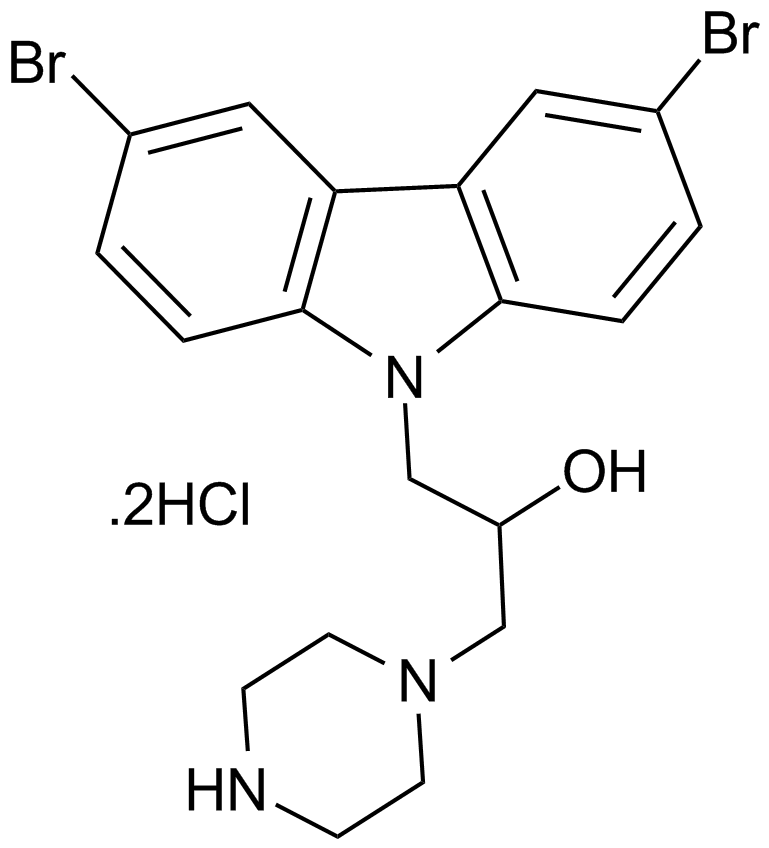
-
GC16023
Bax inhibitor peptide P5
Bax inhibitor

-
GC17195
Bax inhibitor peptide V5
A Bax inhibitor

-
GC16695
Bax inhibitor peptide, negative control
Peptide inhibit Bax translocation to mitochondria

-
GC63325
Bcl-xL antagonist 2
Bcl-xL-Antagonist 2 ist ein potenter, selektiver und oral aktiver Antagonist von BCL-XL mit einem IC50 und Ki von 0,091 μM bzw. 65 nM. Bcl-xL-Antagonist 2 fÖrdert die Apoptose von Krebszellen. Bcl-xL-Antagonist 2 hat das Potenzial fÜr die Erforschung der chronischen lymphatischen LeukÄmie (CLL) und des Non-Hodgkin-Lymphoms (NHL).
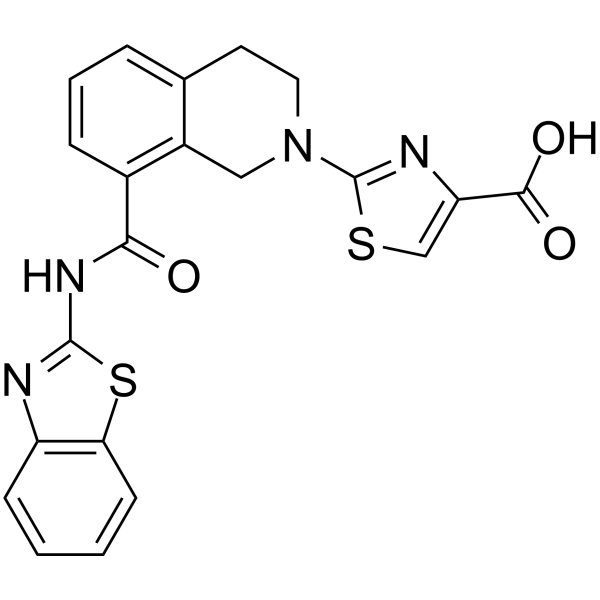
-
GC62599
BCL6-IN-4
BCL6-IN-4 ist ein potenter Inhibitor des B-Zell-Lymphoms 6 (BCL6) mit einem IC50 von 97 nM. BCL6-IN-4 hat Anti-Tumor-AktivitÄten.
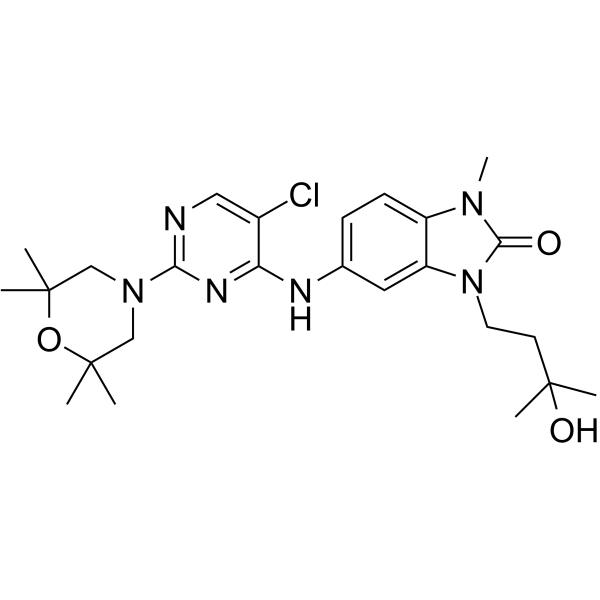
-
GC68012
BCL6-IN-7
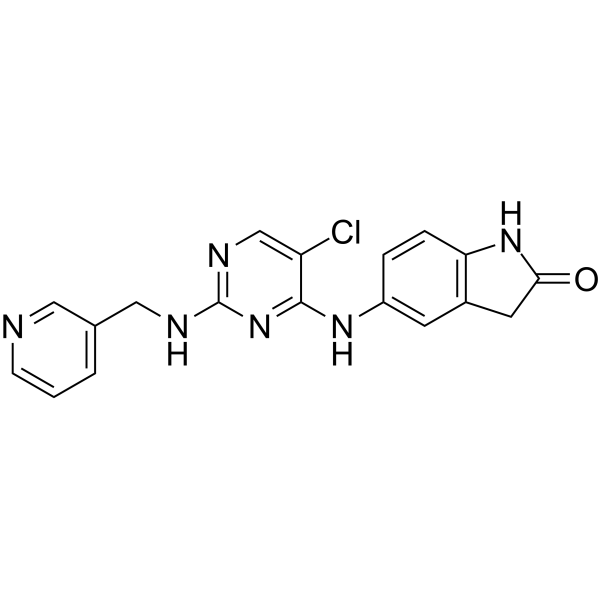
-
GC10721
BDA-366
BDA-366 ist ein potenter Bcl2-Antagonist (Ki = 3,3 nM), der die Bcl2-BH4-DomÄne mit hoher AffinitÄt und SelektivitÄt bindet. BDA-366 induziert eine KonformationsÄnderung in Bcl2, die seine antiapoptotische Funktion aufhebt und es von einem ÜberlebensmolekÜl in einen Zelltod-Induktor umwandelt. BDA-366 unterdrÜckt das Wachstum von Lungenkrebszellen.
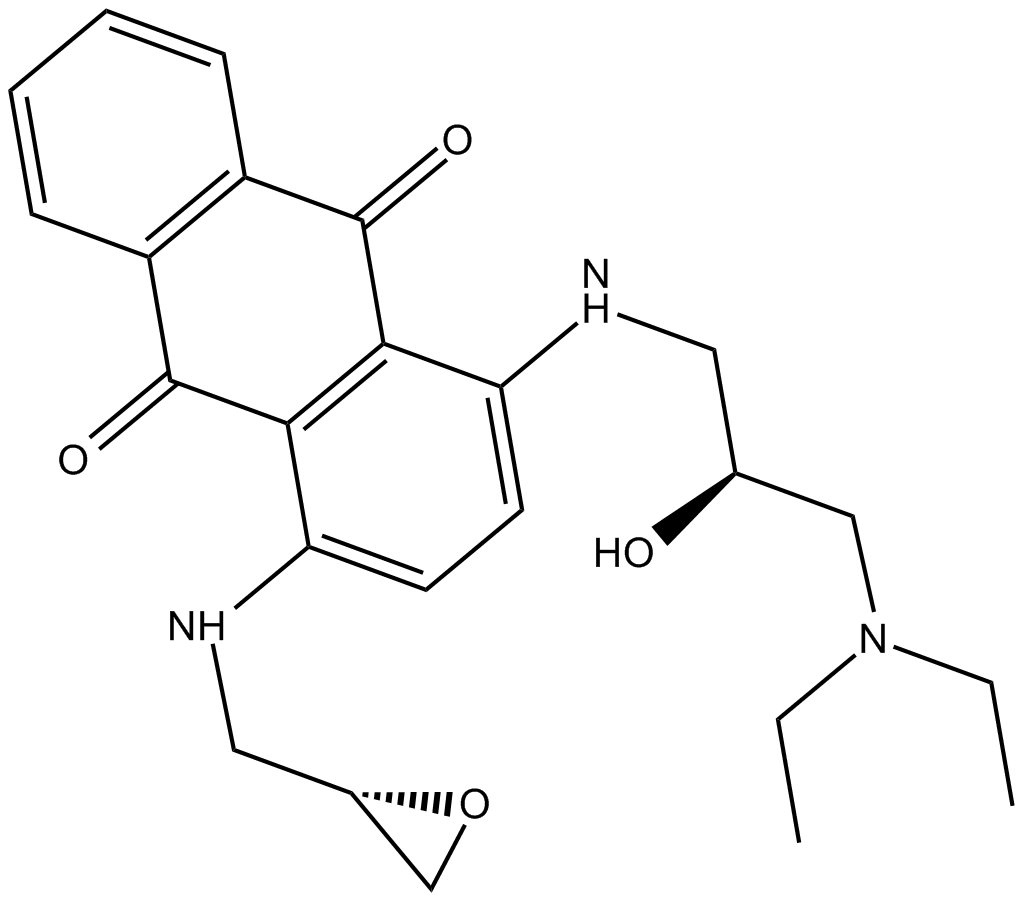
-
GC18136
BH3I-1
BH3I-1 ist ein Antagonist der Bcl-2-Familie, der die Bindung des Bak-BH3-Peptids an Bcl-xL mit einem Ki von 2,4 ± 0,2 μM im FP-Assay hemmt. BH3I-1 hat einen Kd von 5,3 μM gegenÜber dem p53/MDM2-Paar.
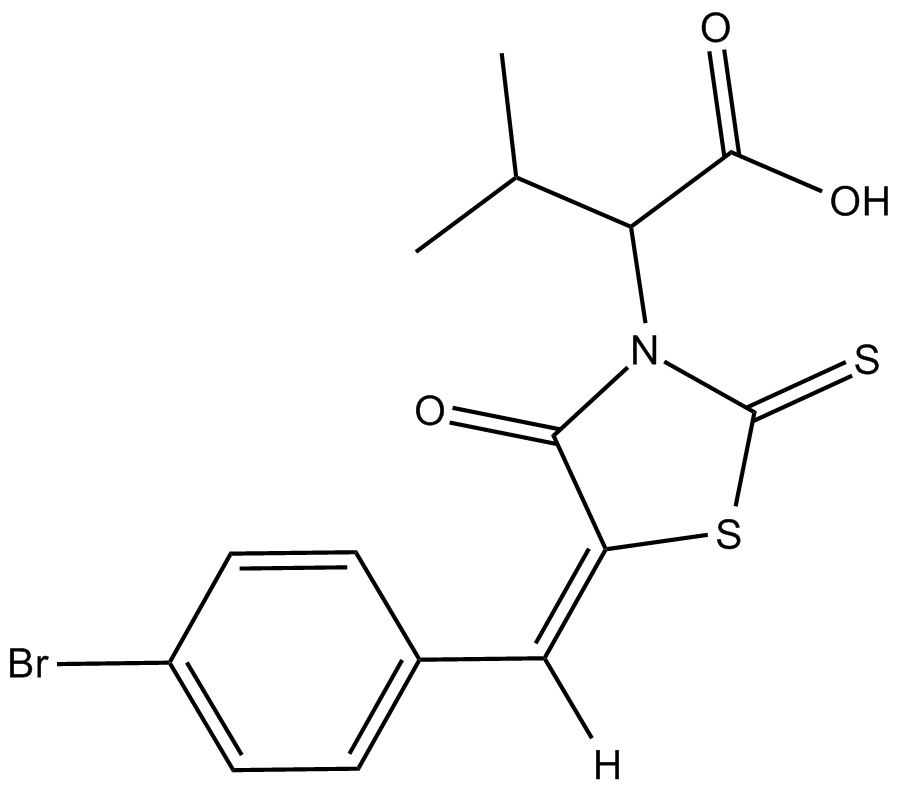
-
GC15987
BIM, Biotinylated
Bim peptide fragment with a biotin moiety attached
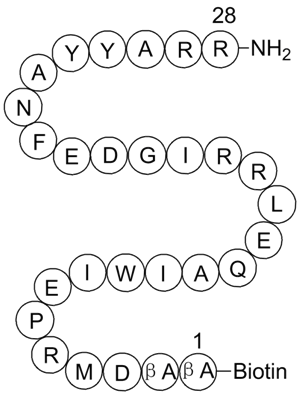
-
GC33407
BM 957
BM 957 ist ein potenter Bcl-2- und Bcl-xL-Inhibitor mit Kis von 1,2, < 1 nM und IC50s von 5,4 bzw. 6,0 nM.
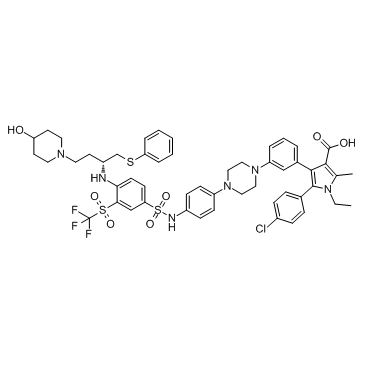
-
GC13498
BM-1074
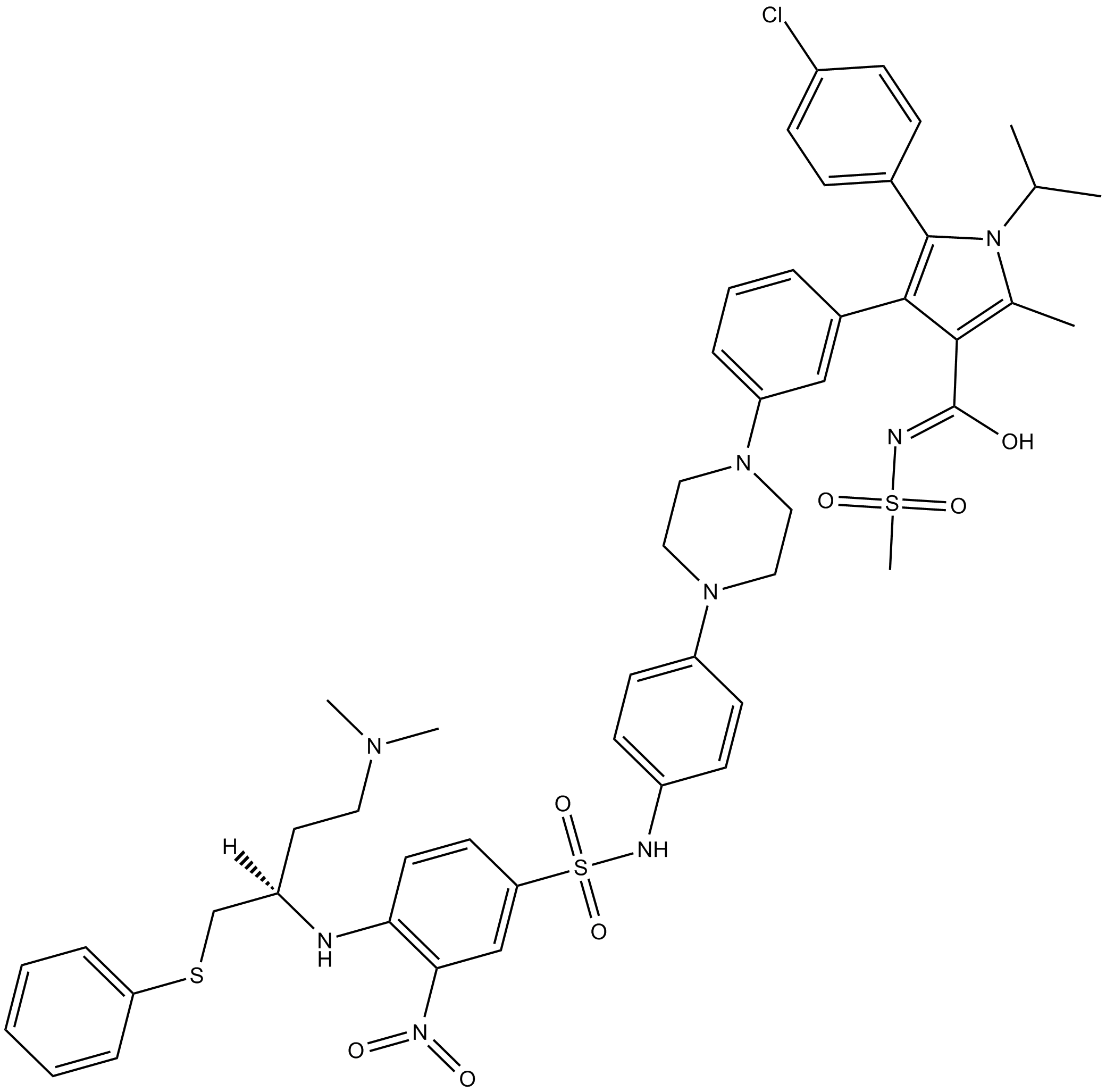
-
GC62871
BM-1244
BM-1244 (APG-1252-M1) ist ein potenter Bcl-xL/Bcl-2-Inhibitor mit Kis von 134 und 450 nM fÜr Bcl-xL bzw. Bcl-2. BM-1244 hemmt seneszente Fibroblasten (SnCs) mit einem EC50 von 5 nM. (Aus dem Patent WO2019033119A1).
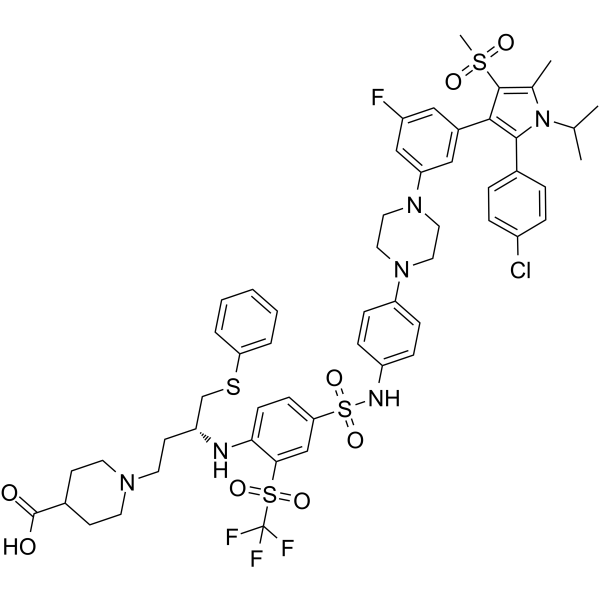
-
GC38014
BT2
BT2 ist ein BCKDC-Kinase (BDK)-Inhibitor mit einem IC50 von 3,19 μM.
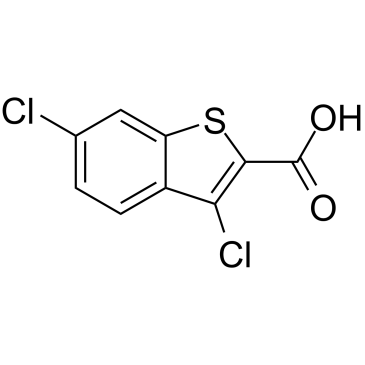
-
GC31806
Bz 423 (BZ48)
Bz 423 (BZ48) ist ein pro-apoptotisches 1,4-Benzodiazepin mit therapeutischen Eigenschaften in Mausmodellen von Lupus, das eine SelektivitÄt fÜr autoreaktive Lymphozyten zeigt und Bax und Bak aktiviert.
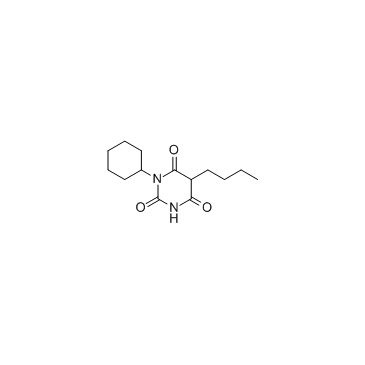
-
GC62561
CCT369260
CCT369260 (Verbindung 1) ist ein oral wirksamer Inhibitor des B-Zell-Lymphoms 6 (BCL6) mit AntitumoraktivitÄt. CCT369260 (Verbindung 1) weist einen IC50 von 520 nM auf.
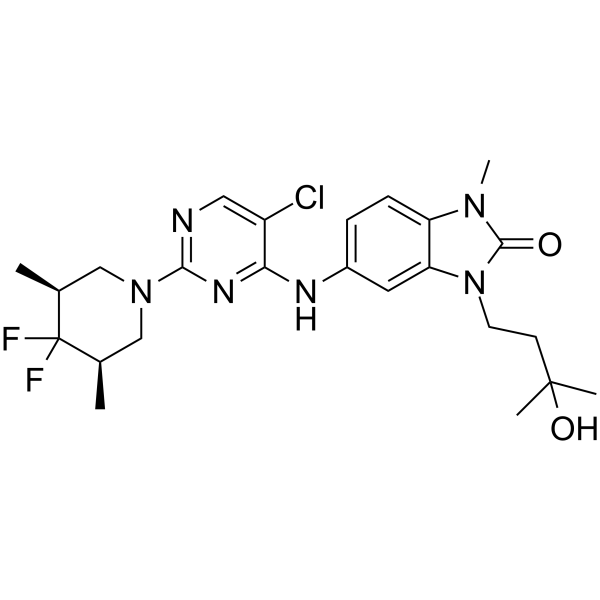
-
GN10463
Chelerythrine
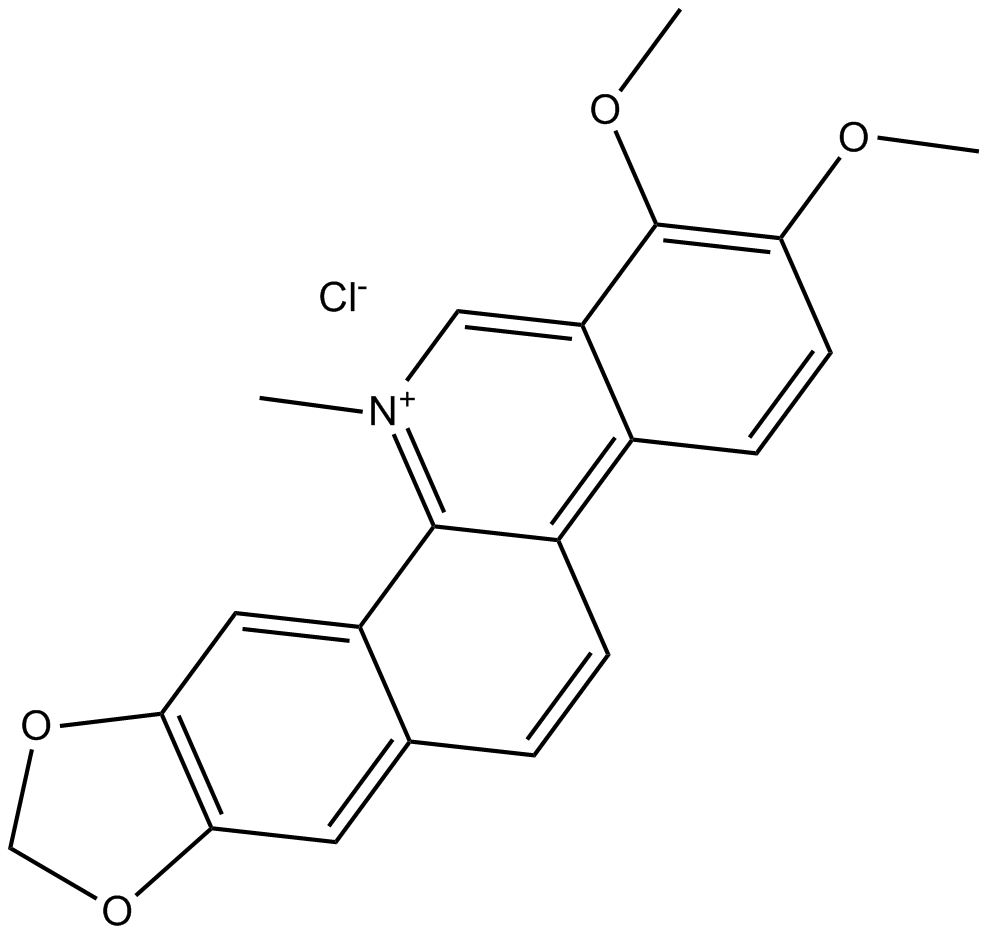
-
GC13065
Chelerythrine Chloride
Potent inhibitor of PKC and Bcl-xL
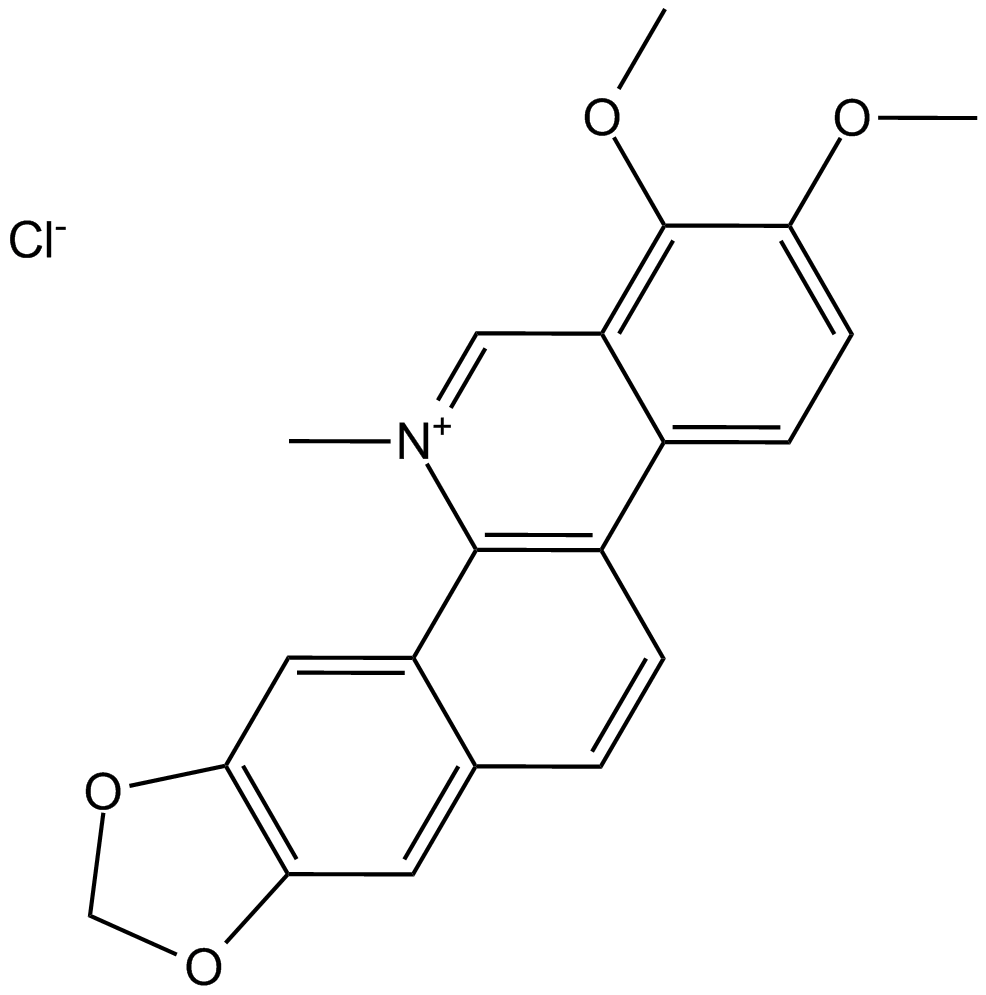
-
GN10219
Ciwujianoside-B
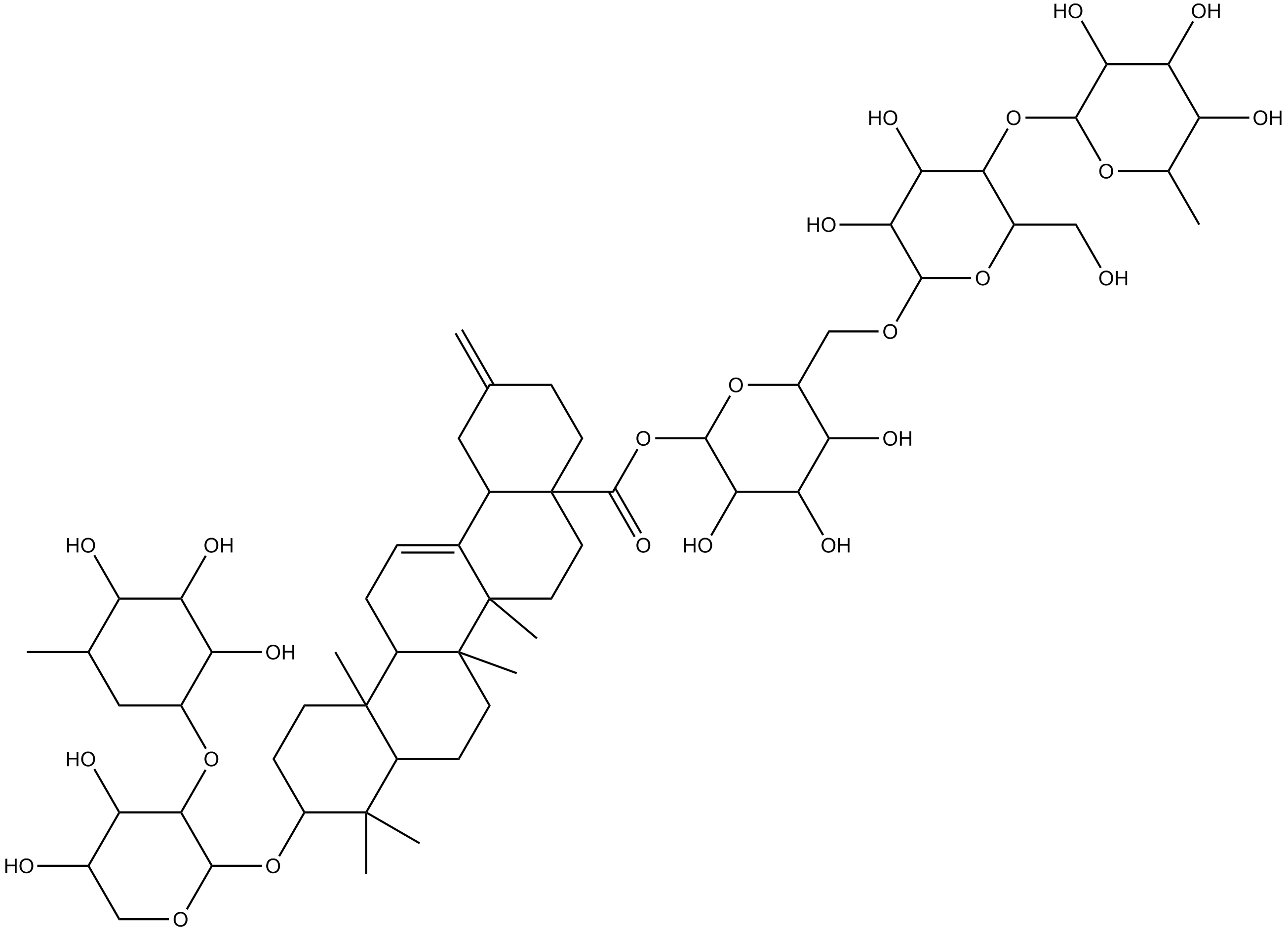
-
GC60111
Clitocine
Clitocin, ein aus Pilzen isoliertes Adenosin-Nucleosid-Analogon, ist ein starkes und wirksames Durchlesemittel. Clitocin wirkt als UnterdrÜcker von Nonsense-Mutationen und kann die Produktion von p53-Protein in Zellen induzieren, die Nonsense-mutierte p53-Allele beherbergen. Clitocin kann Apoptose in multiresistenten menschlichen Krebszellen induzieren, indem es auf Mcl-1 abzielt. AktivitÄt gegen Krebs.
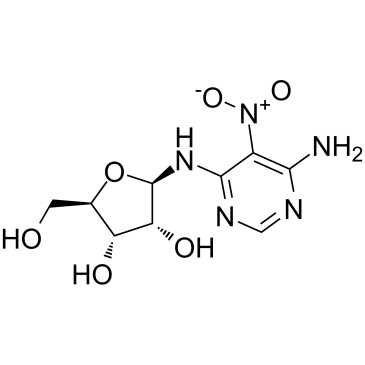
-
GN10040
Dehydrocorydaline
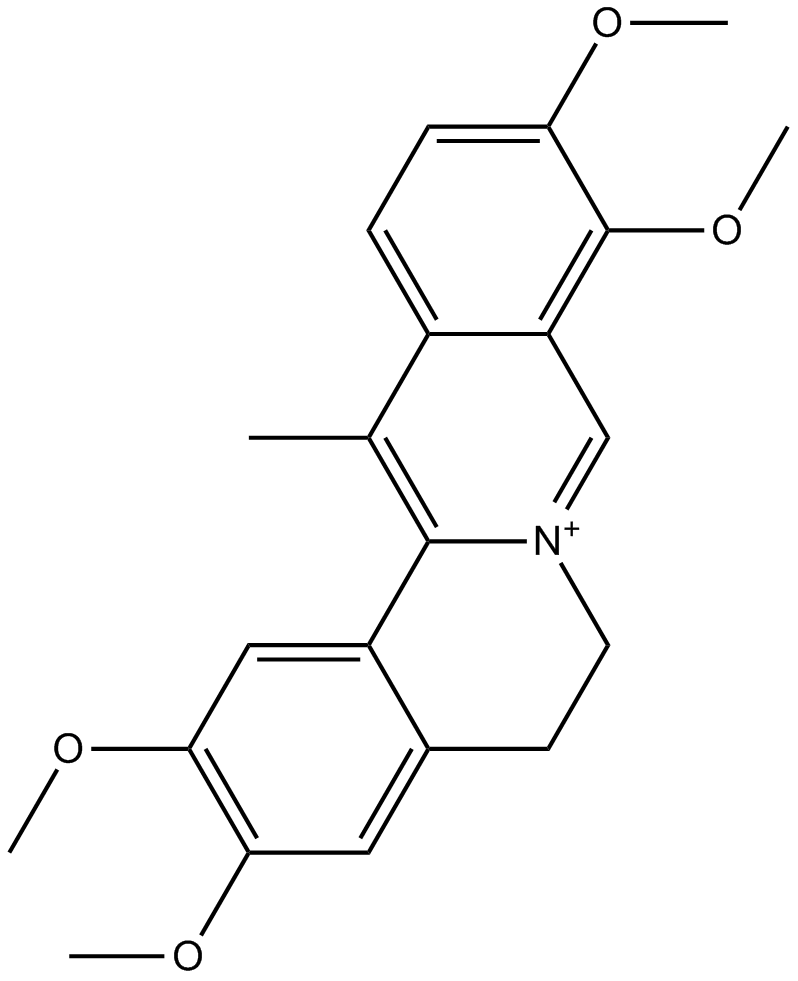
-
GC10661
Destruxin B
Destruxin B, isoliert aus dem entomopathogenen Pilz Metarhizium anisopliae, ist eines der Cyclodepsipeptide mit insektiziden und krebsbekÄmpfenden AktivitÄten.
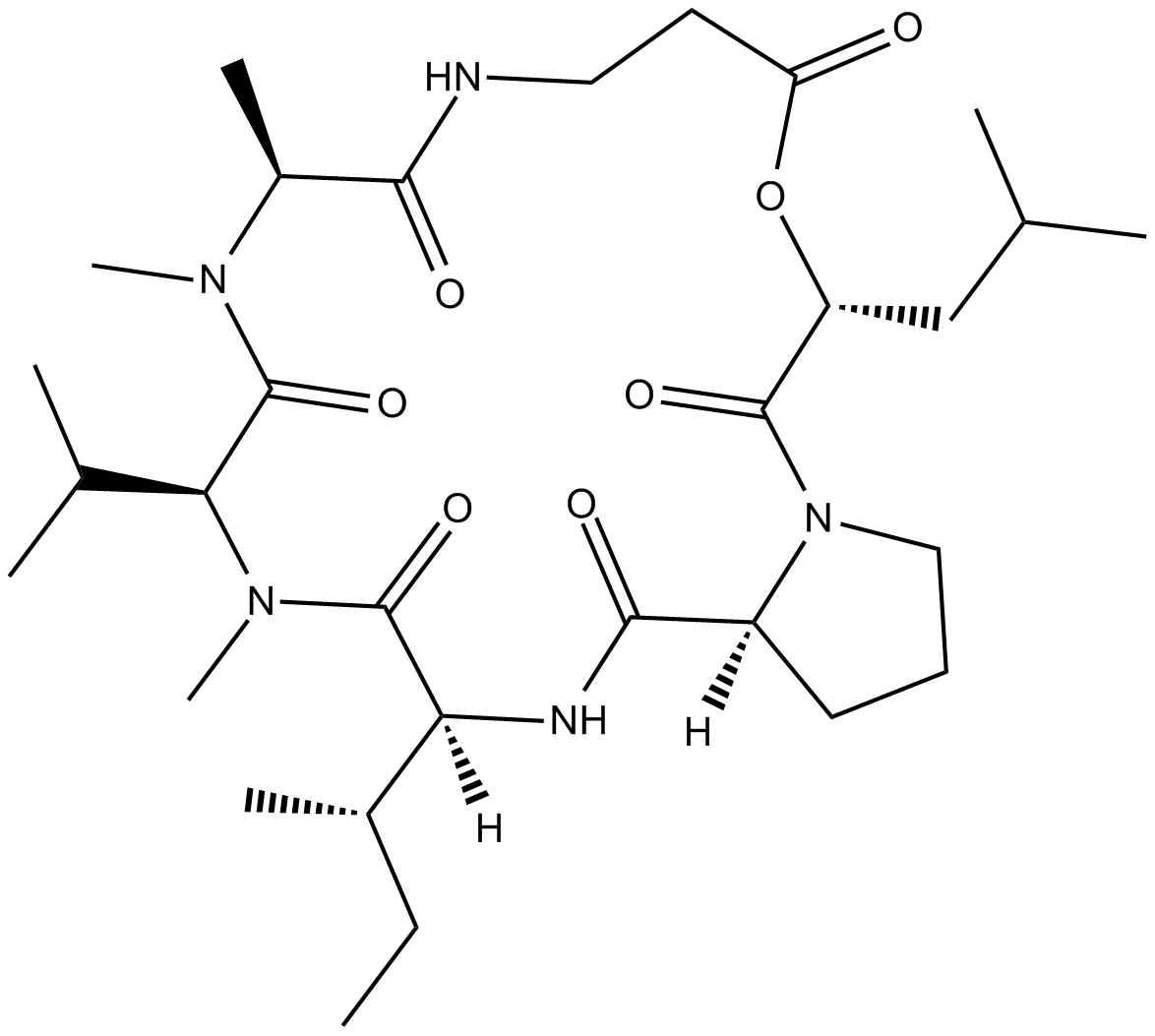
-
GC38617
Dihydrokaempferol
Dihydrokaempferol wird aus Bauhinia championii (Benth) isoliert.
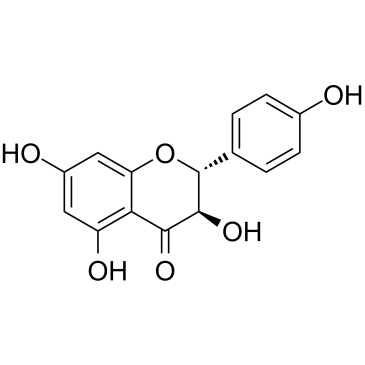
-
GC35882
dMCL1-2
dMCL1-2 ist ein potenter und selektiver PROTAC von myeloid cell leukemia 1 (MCL1) (Mitglied der Bcl-2-Familie) auf der Basis von Cereblon, das mit einer KD von 30 nM an MCL1 bindet. dMCL1-2 aktiviert die zellulÄre Apoptosemaschinerie durch Abbau von MCL1.
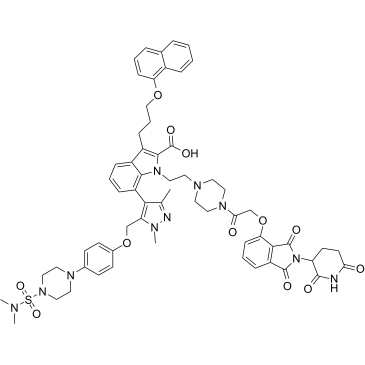
-
GC12139
Gambogic Acid
A xanthonoid with anticancer activity
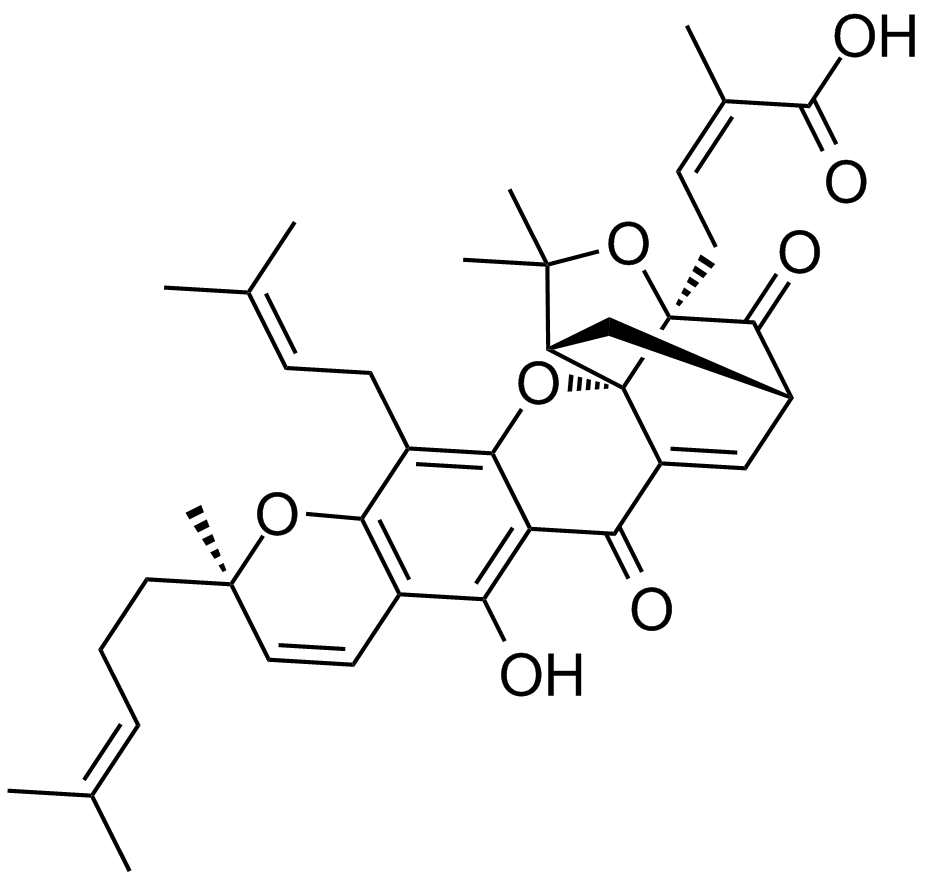
-
GC32998
Ginsenoside Rh4
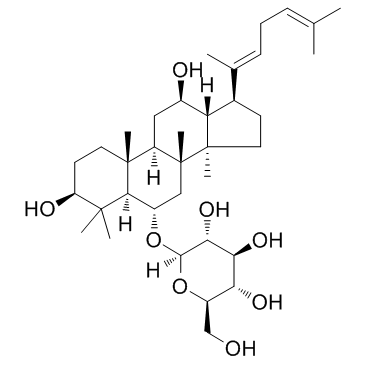
-
GC34134
Glycocholic acid
GlykocholsÄure ist eine GallensÄure mit krebsbekÄmpfender AktivitÄt, die auf mit dem Pumpwiderstand in Verbindung stehende und nicht mit dem Pumpwiderstand in Verbindung stehende Signalwege abzielt.
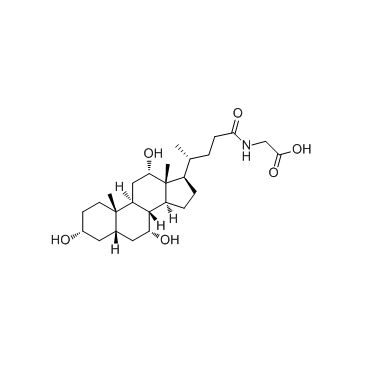
-
GN10082
Gossypol
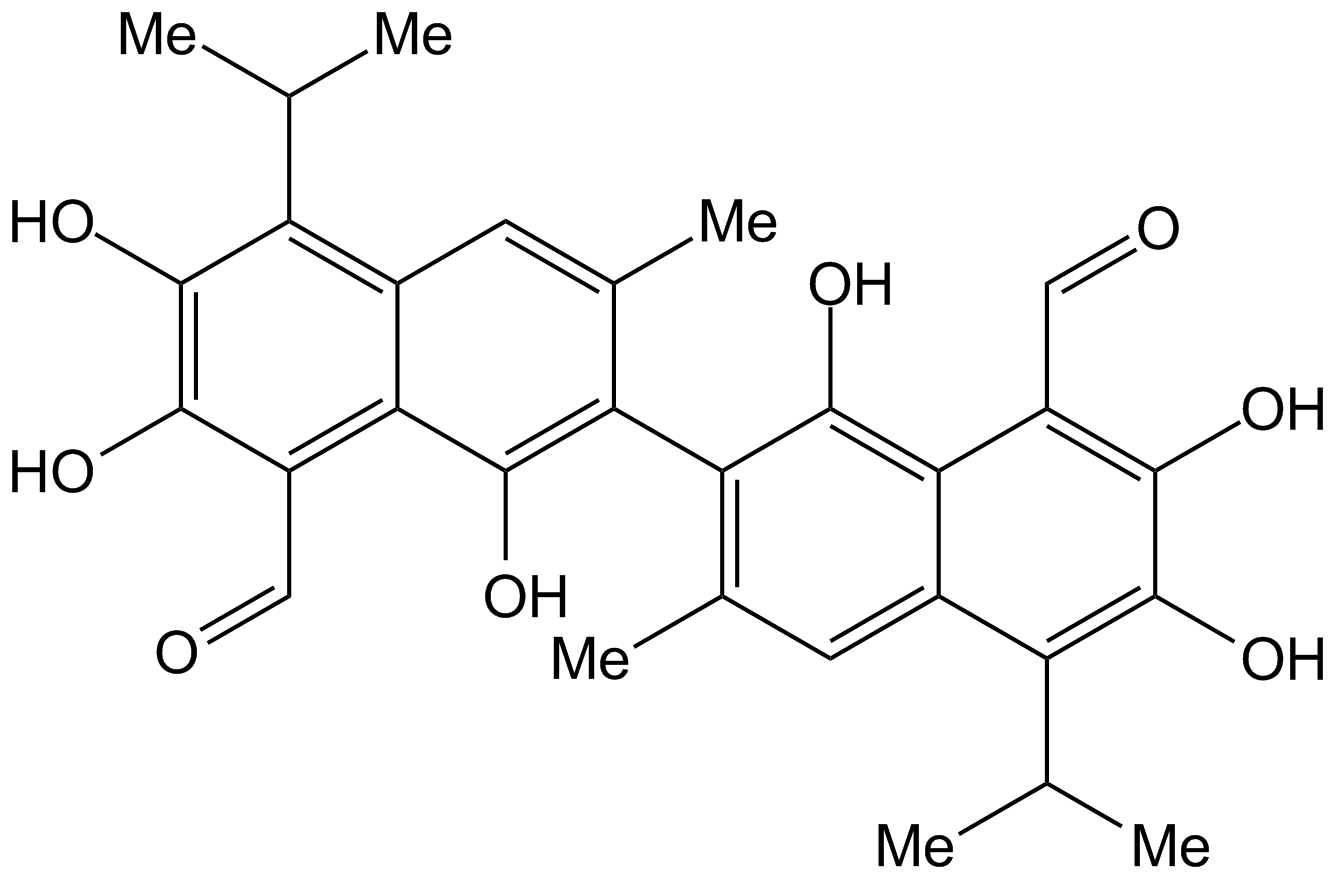
-
GC11510
HA14-1
A Bcl-2 inhibitor
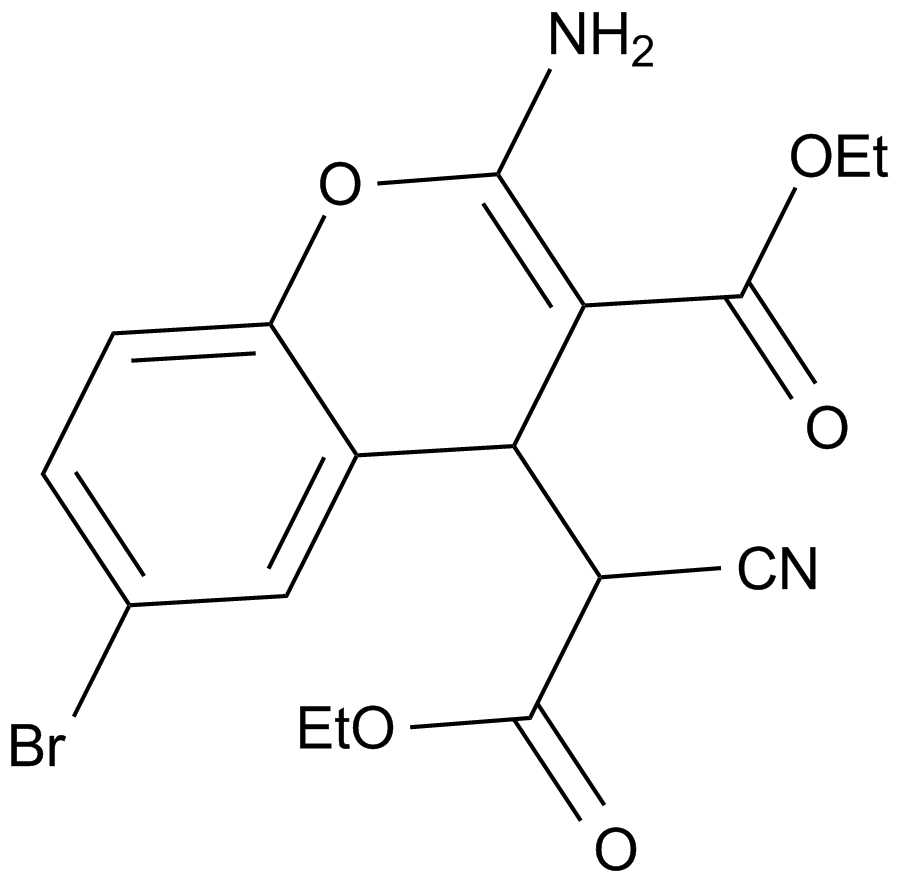
-
GC12046
iMAC2
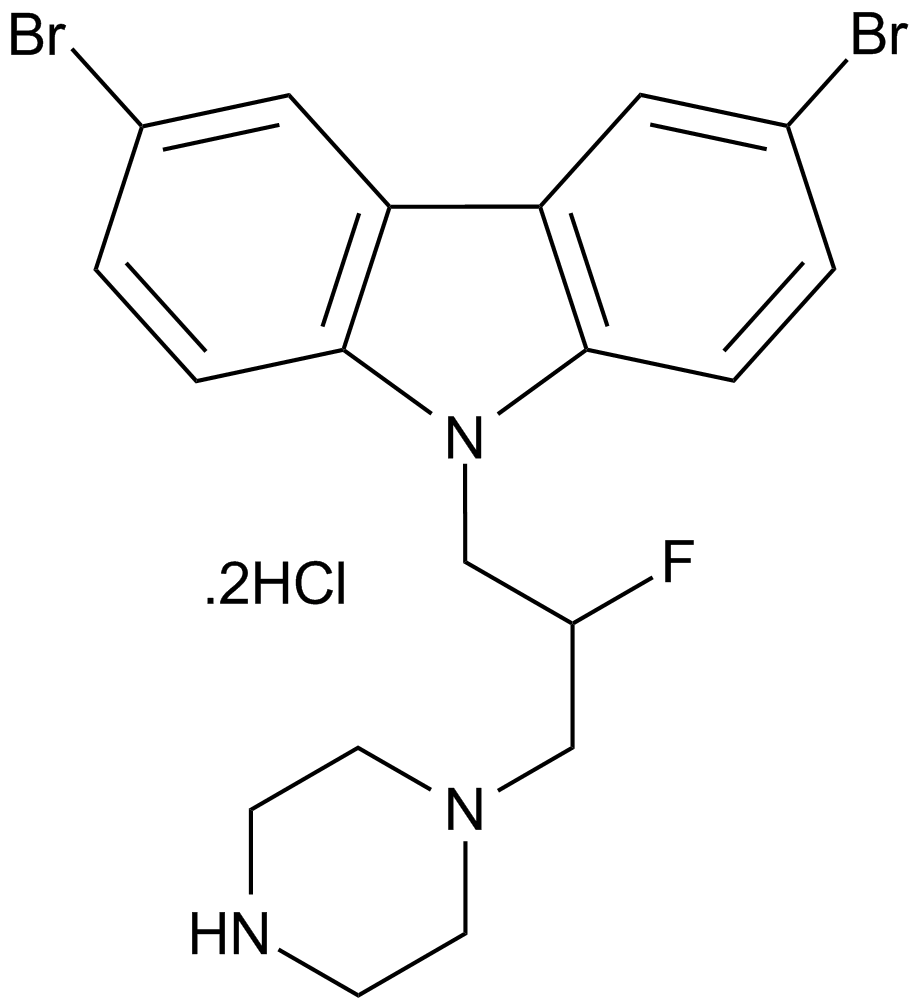
-
GN10645
Jaceosidin
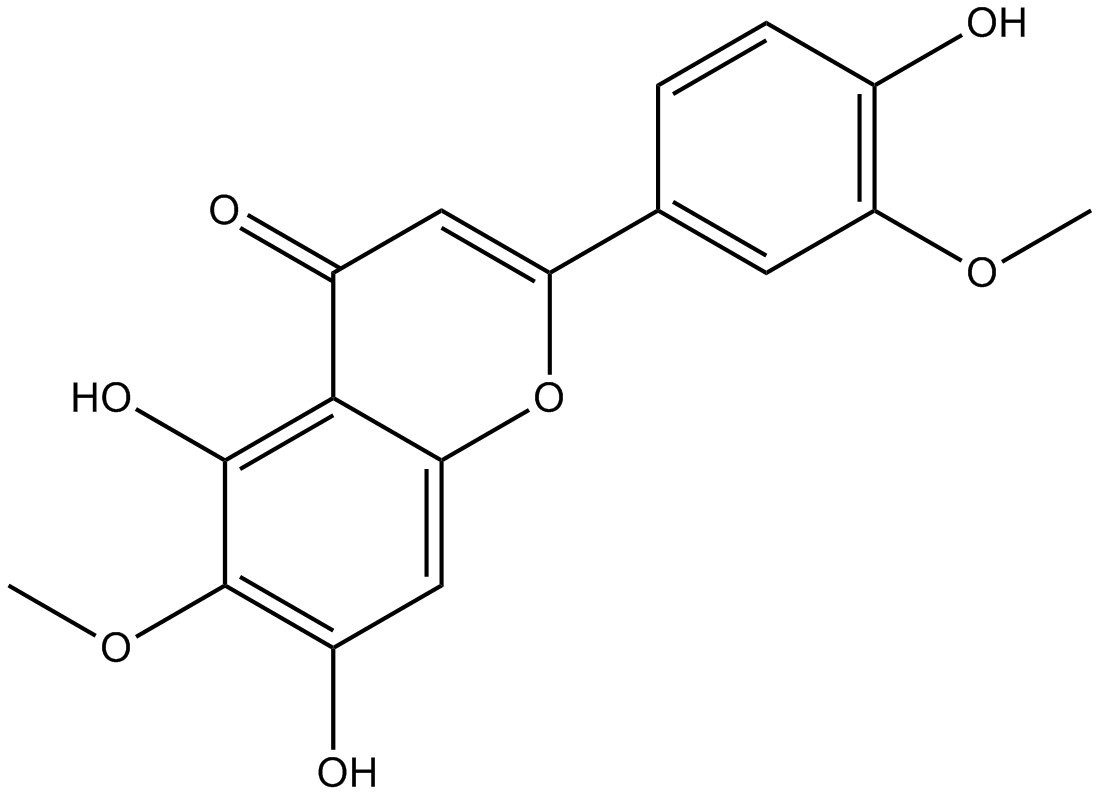
-
GC64467
Lisaftoclax
Lisaftoclax (Verbindung 6) ist ein dualer Bcl-2- und Bcl-xl-Inhibitor mit AntitumoraktivitÄt, extrahiert aus dem Patent WO2018027097A1. Lisaftoclax zeigt IC50-Werte von 2 nM und 5,9 nM fÜr Bcl-2 bzw. Bcl-xl.
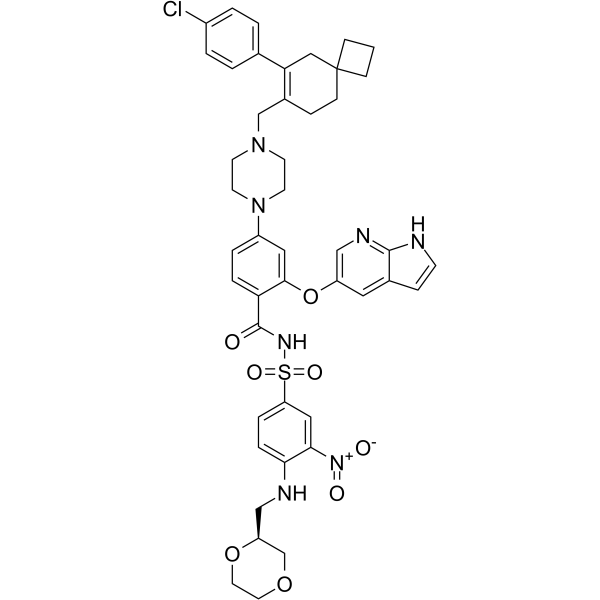
-
GC15480
Marinopyrrole A
Marinopyrrole A (Marinopyrrole A) ist ein neuartiger und spezifischer Mcl-1-Inhibitor mit einem IC50-Wert von 10,1 ⋼M und zeigt eine >8-fache SelektivitÄt als BCL-xl (IC50 > 80 μM).
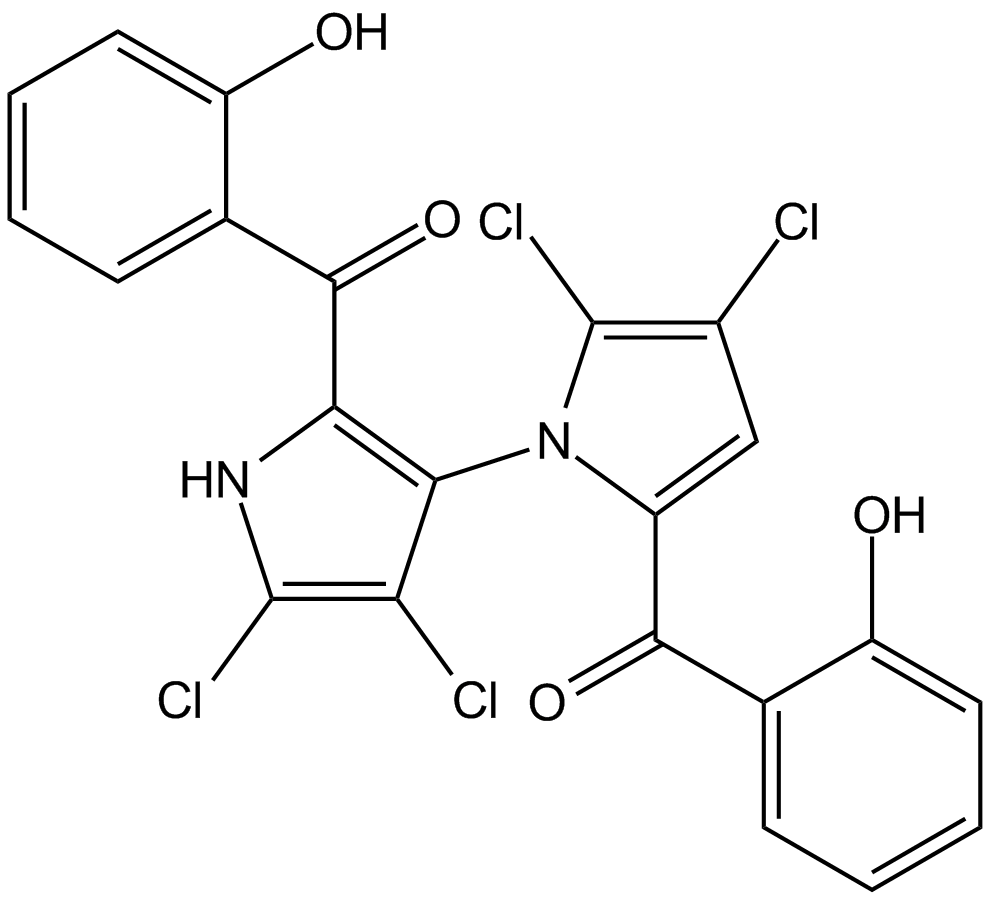
-
GC66017
Mcl-1 inhibitor 6
Mcl-1 Inhibitor 6 ist ein oral aktiver, selektiver myeloider ZellleukÄmie 1 (Mcl-1) Proteininhibitor mit einem Kd von 0,23 nM und einem Ki von 0,02 μM. Der Mcl-1-Inhibitor 6 besitzt eine Überlegene SelektivitÄt gegenÜber anderen Mitgliedern der Bcl-2-Familie (Bcl-2, Bcl2A1, Bcl-xL und Bcl-w, Kd>10 μM). Mcl-1-Inhibitor 6 ist ein starkes Antitumormittel.

-
GC38927
MCL-1/BCL-2-IN-2
MCL-1/BCL-2-IN-2 (Verbindung 6) ist ein potenter und selektiver dualer Inhibitor von Mcl-1 und Bcl-2.
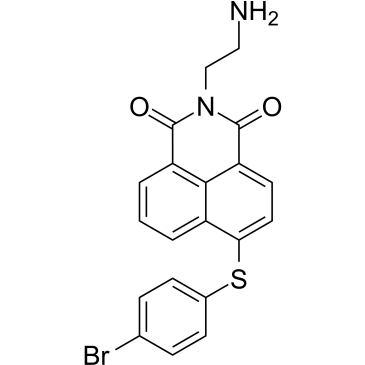
-
GC38928
MCL-1/BCL-2-IN-3
MCL-1/BCL-2-IN-3 (Verbindung 2) ist ein potenter und selektiver dualer Mcl-1- und Bcl-2-Inhibitor mit IC50-Werten von 5,95 bzw. 4,78 μM.
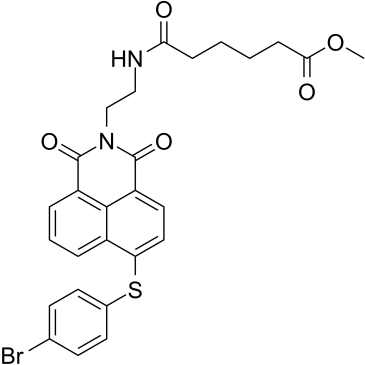
-
GC36556
Mcl1-IN-1
Mcl1-IN-1 ist ein Inhibitor des myeloiden Zellfaktors 1 (Mcl-1) (IC50=2,4 μM).
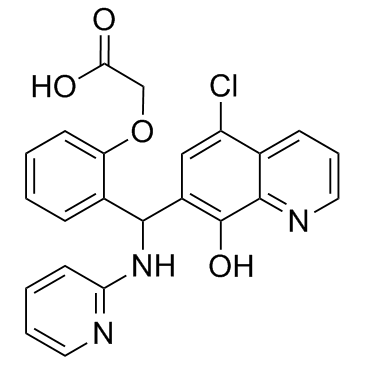
-
GC36557
Mcl1-IN-11
Mcl1-IN-11 (Verbindung G) ist ein selektiver Mcl-1-Inhibitor, weniger wirksam bei Bcl-2, mit Kis von 0,06 bzw. 4,2 μM.
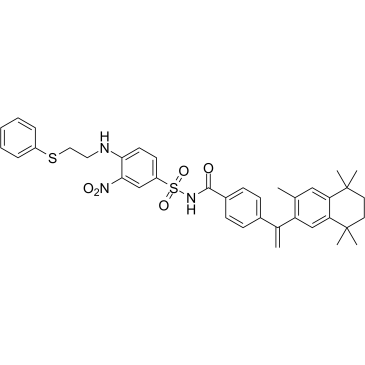
-
GC36558
Mcl1-IN-12
Mcl1-IN-12 (Verbindung F) ist ein selektiver Mcl-1-Inhibitor, weniger stark bei Bcl-2, mit Kis von 0,29 bzw. 3,1 μM. Anti-Tumor-AktivitÄt.
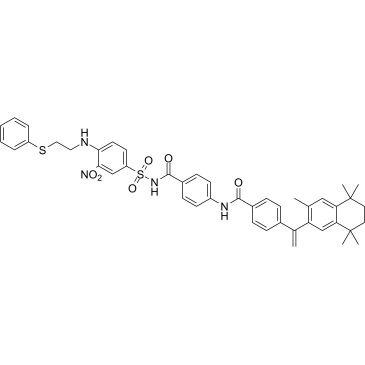
-
GC33035
Mcl1-IN-2
Mcl1-IN-2 ist ein Inhibitor des myeloiden Zellfaktors 1 (Mcl-1). Mcl1-IN-2 ist ein nicht-kompetitiver Delhi-Metallo-β-Lactamase (NDM-1)-Inhibitor. Die IC50S von MCL1-in-2 gegen Metallo-&7#946; -Lactamasen NDM-1, Imp-4, IMIS und L1 sind 0,4637 μofflineefficient_models_2022q2.md
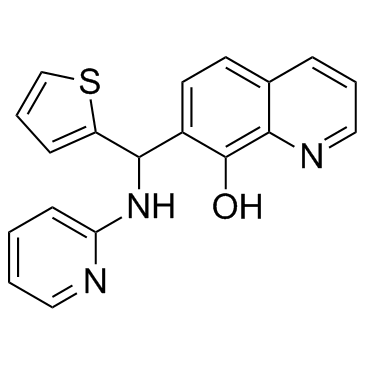
-
GC33347
Mcl1-IN-3
Mcl1-IN-3 ist ein Inhibitor von Mcl1, extrahiert aus dem Patent WO2015153959A2, Verbindungsbeispiel 57; hat einen IC50 und einen Ki von 0,67 bzw. 0,13 μM.
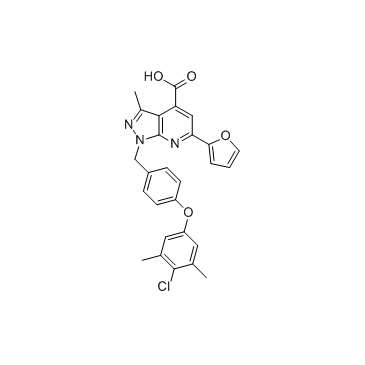
-
GC33364
Mcl1-IN-4
Mcl1-IN-4 ist ein Inhibitor von Mcl1 mit einem IC50 von 0,2 μM.
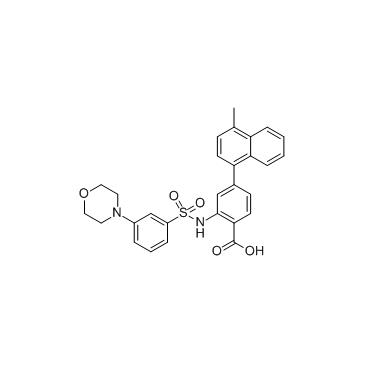
-
GC38811
Mcl1-IN-8
Mcl1-IN-8 (Verbindung 8) ist ein oral aktiver Mcl-1-PUMA-GrenzflÄcheninhibitor mit einem Ki von 0,3 μM. Mcl1-IN-8 zeigt eine doppelte AktivitÄt bei der Verringerung der PUMA-abhÄngigen Apoptose, wÄhrend es die Mcl-1-vermittelte Anti-Apoptose in Krebszellen deaktiviert.
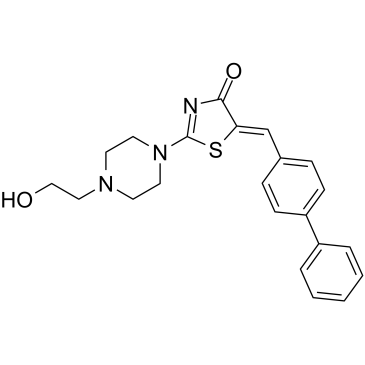
-
GC36559
Mcl1-IN-9
Mcl1-IN-9 ist ein potenter Inhibitor der myeloischen LeukÄmie-1 (Mcl-1) mit einem IC50 von 446 nM in rekonstruierten BCR-ABL+ B-ALL-Zellen und einem Ki von 0,03 nM.
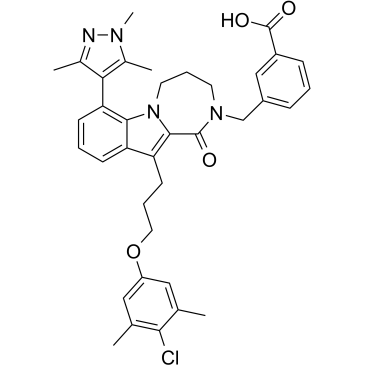
-
GC33295
MIK665 (S-64315)
MIK665 (S-64315) (S-64315), abgeleitet von S63845, ist ein Inhibitor der myeloischen LeukÄmiesequenz 1 (MCL1). MIK665 (S-64315) hat einen IC50 von 1,81 nM fÜr MCL1.
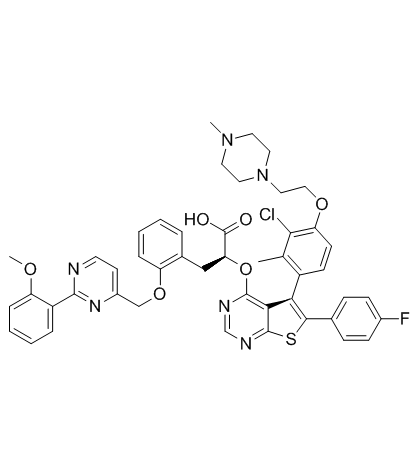
-
GC15400
MIM1
An Mcl-1 inhibiting molecule
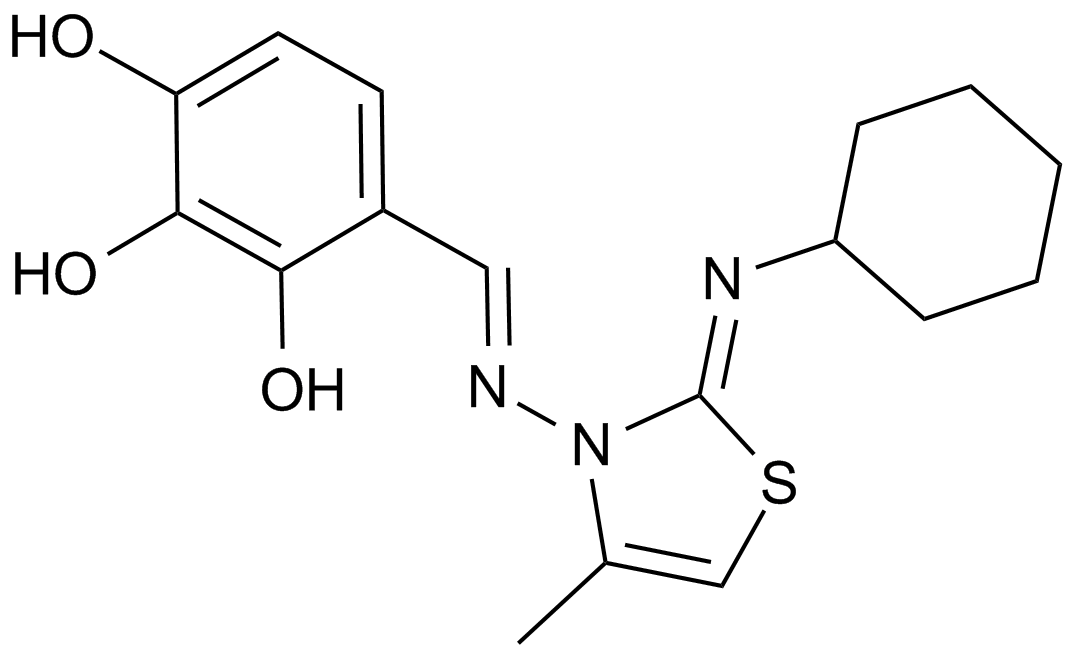
-
GC33312
ML311
ML311 ist ein potenter und selektiver Inhibitor der Mcl-1/Bim-Interaktion.
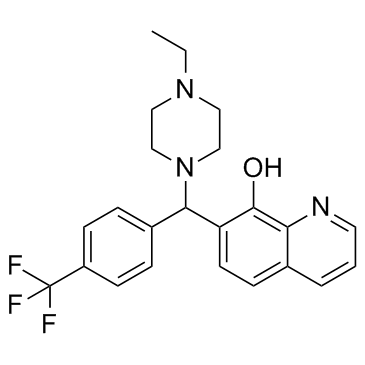
-
GC61096
MSN-125
MSN-125 ist ein potenter Inhibitor der Oligomerisierung von Bax und Bak. MSN-125 verhindert die Permeabilisierung der äußeren Mitochondrienmembran (MOMP) mit einer IC50 von 4 μM. MSN-125 hemmt effektiv die durch Bax/Bak vermittelte Apoptose in HCT-116-, BMK-Zellen und primären kortikalen Neuronen, schützt primäre Neuronen vor Glutamat-Exzitotoxizität.
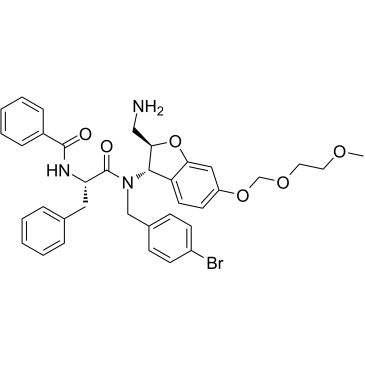
-
GC63083
MSN-50
MSN-50 ist ein Bax- und Bak-Oligomerisierungsinhibitor.
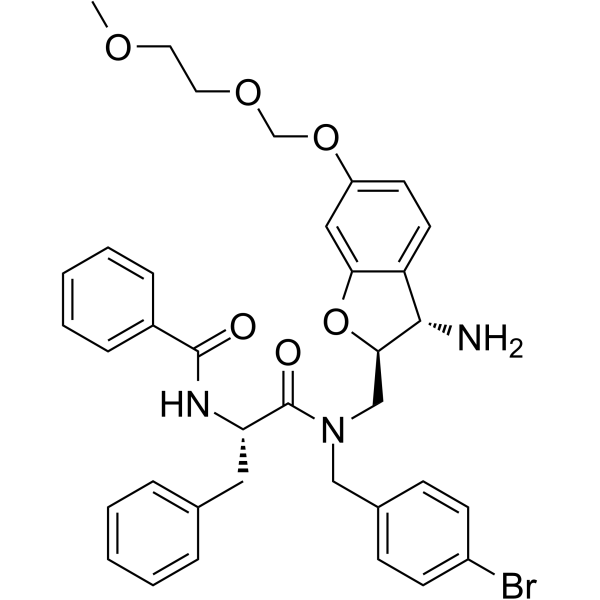
-
GC16938
Muristerone A
An ecdysteroid receptor agonist
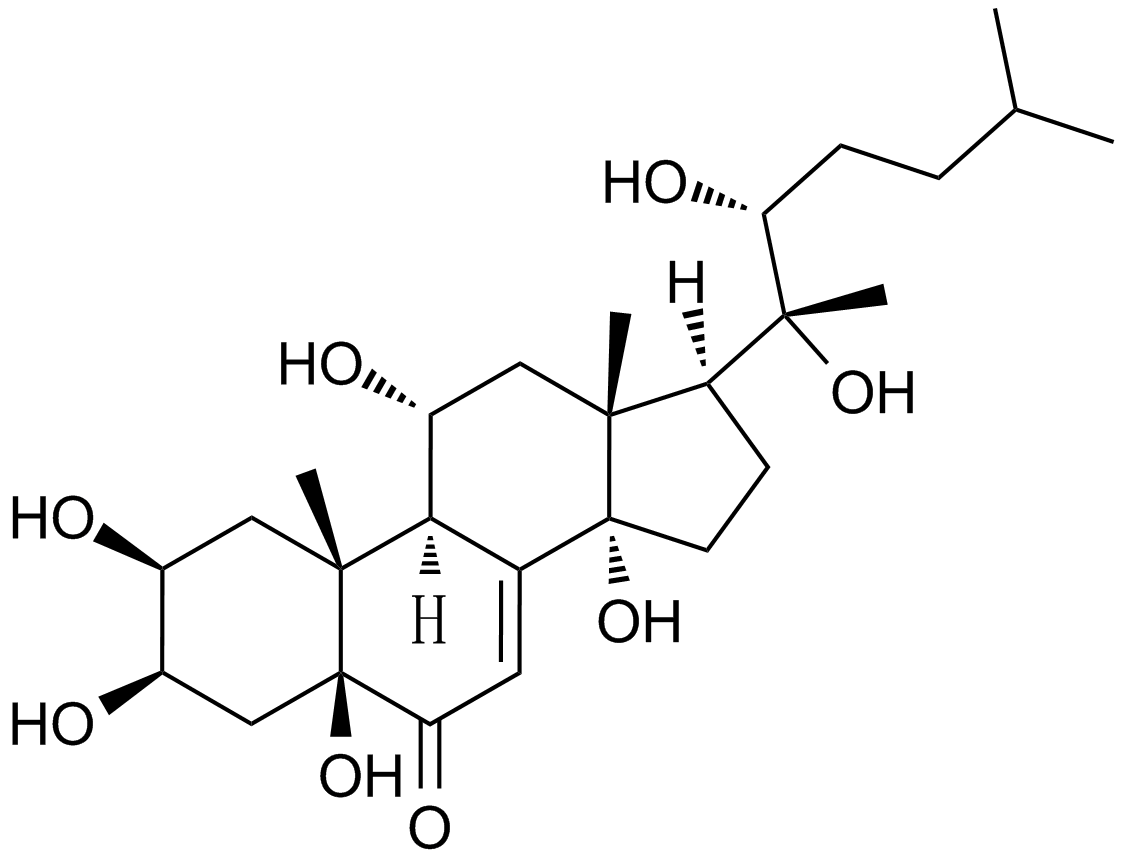
-
GC62707
Murizatoclax
Murizatoclax (AMG 397) ist ein potenter, selektiver und oral aktiver Inhibitor des myeloischen LeukÄmie-1 (MCL-1)-Inhibitors mit einem Ki von 15 pM. Murizatoclax bindet kompetitiv an die BH3-Bindungsfurche von MCL1 mit pro-apoptotischen Mitgliedern der BCL-2-Familie. Murizatoclax kann fÜr die Krebsforschung eingesetzt werden.
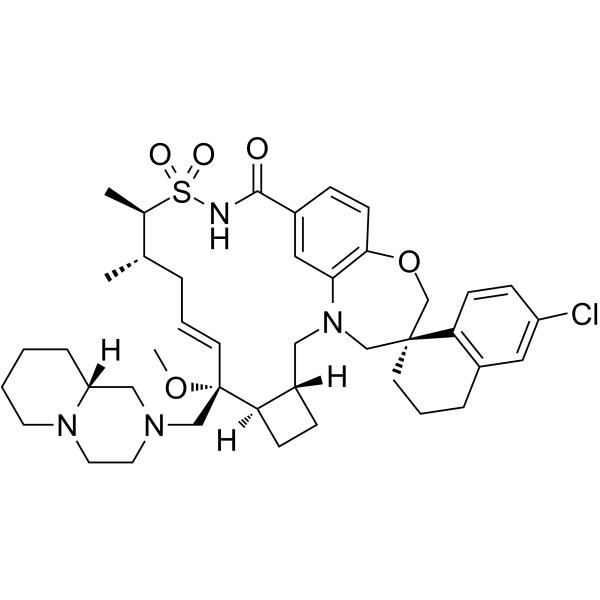
-
GC68019
NPB
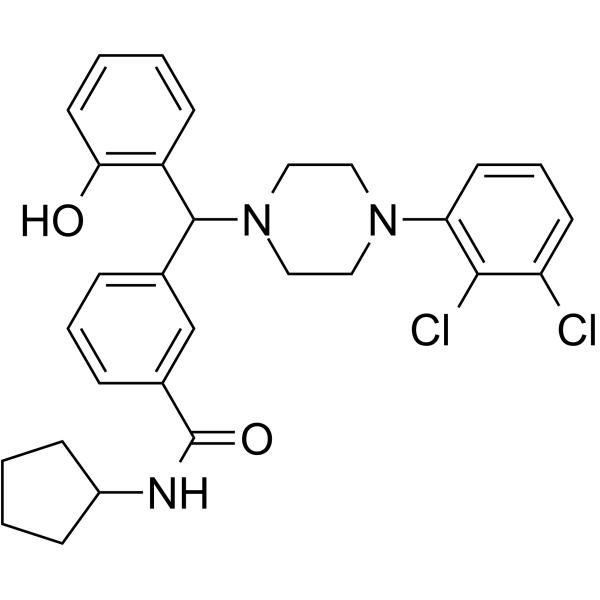
-
GC25673
Obatoclax (GX15-070)
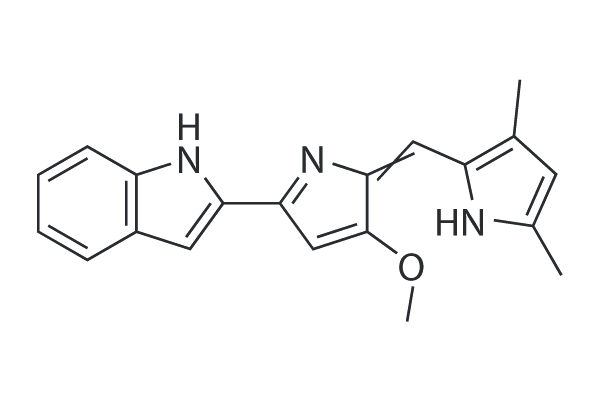
-
GC11569
Obatoclax mesylate (GX15-070)
An antagonist of pro-survival Bcl-2 proteins
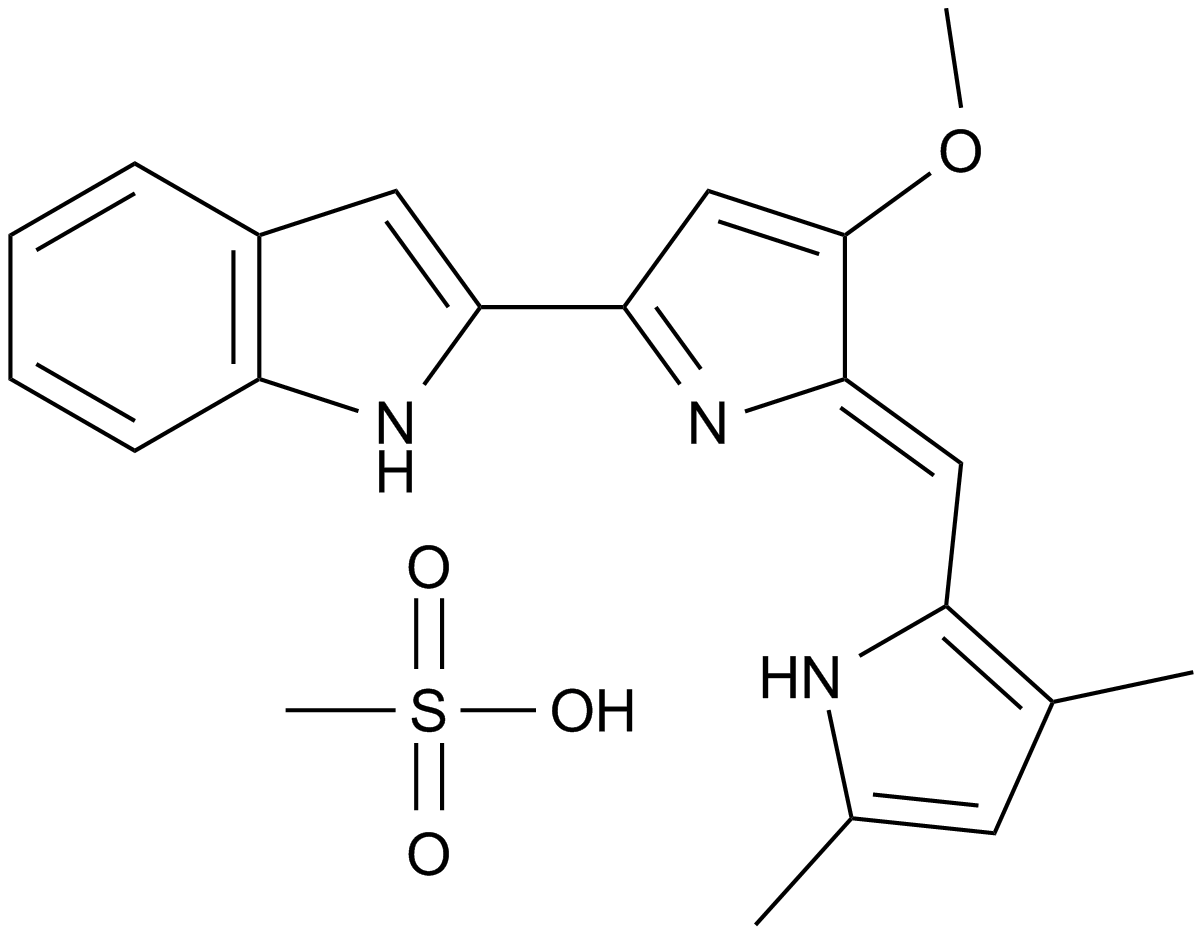
-
GC36855
Paris saponin VII
Paris Saponin VII (Chonglou Saponin VII) ist ein steroidales Saponin, das aus den Wurzeln und Rhizomen von Trillium tschonoskii Maxim isoliert wird. Paris-Saponin-VII-induzierte Apoptose in K562/ADR-Zellen ist mit Akt/MAPK und der Hemmung von P-gp assoziiert. Paris-Saponin VII schwÄcht das mitochondriale Membranpotential ab, erhÖht die Expression von Apoptose-verwandten Proteinen wie Bax und Cytochrom c und verringert die Proteinexpressionsniveaus von Bcl-2, Caspase-9, Caspase-3, PARP-1 und p- Akt. Paris-Saponin VII induziert eine robuste Autophagie in K562/ADR-Zellen und liefert eine biochemische Grundlage fÜr die Behandlung von LeukÄmie.
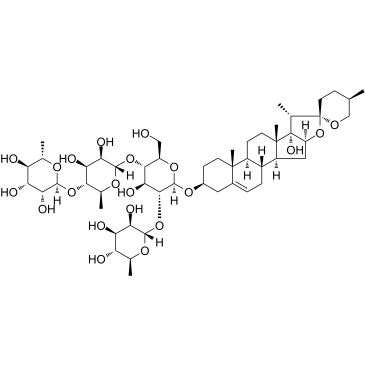
-
GC62505
Pelcitoclax
Pelcitoclax (APG-1252) ist ein potenter Bcl-2/Bcl-xl-Inhibitor mit antineoplastischer und proapoptotischer Wirkung.
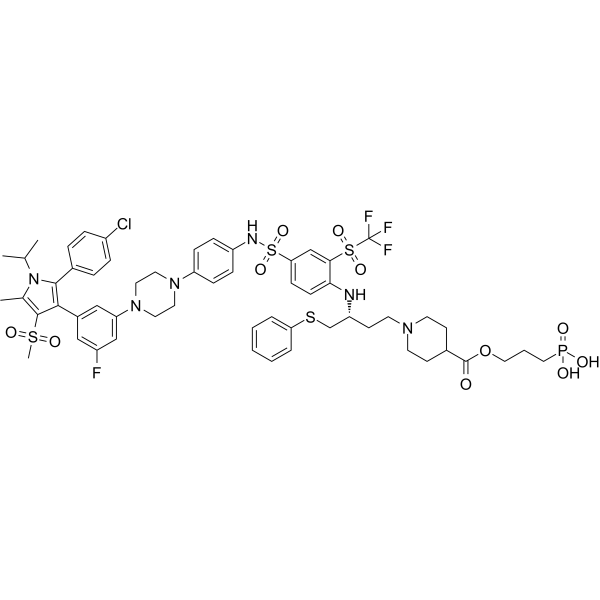
-
GC63769
PROTAC Bcl-xL degrader-2
PROTAC Bcl-xL-Degrader-2 ist ein potenter Bcl-xL-Degrader (Mitglied der Bcl-2-Familie) auf der Basis von von Hippel-Lindau-Liganden mit einem IC50-Wert von 0,6 nM.
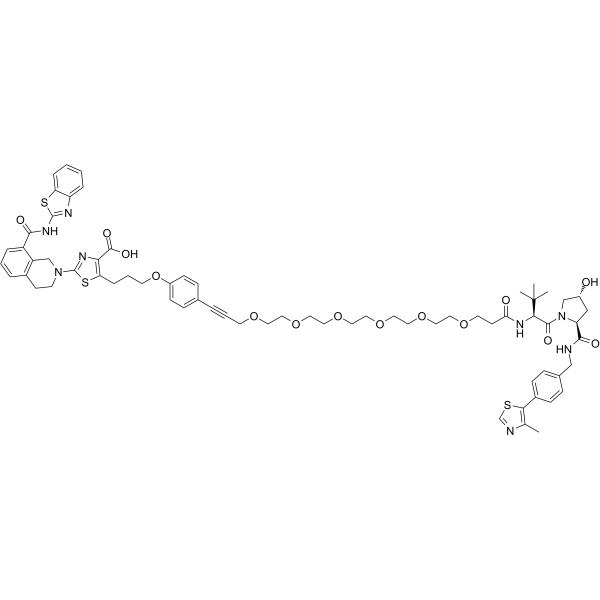
-
GC38941
PROTAC Bcl2 degrader-1
PROTAC Bcl2 degrader-1 (Verbindung C5) ist ein auf Cereblon-Liganden basierender PROTAC, der selektiv und wirksam den Abbau von Bcl-2 (IC50, 4,94 μM; DC50, 3,0 μM) und Mcl-1 (IC50, 11.81 μM) durch Einführung des E3-Ligase-Cereblons (CRBN)-bindenden Liganden Pomalidomid zu dem Mcl-1/Bcl-2-Dualinhibitor Nap-1 induziert.
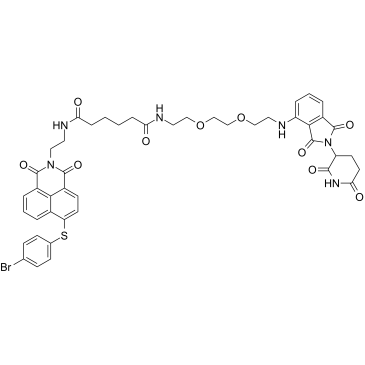
-
GC38943
PROTAC Mcl1 degrader-1
PROTAC Mcl1-Degrader-1 (Verbindung C3), eine Proteolyse-Targeting-ChimÄre (PROTAC) auf Basis von Cereblon-Liganden, ist ein starker und selektiver Mcl-1-Inhibitor (Mitglied der Bcl-2-Familie) mit einem IC50 von 0,78 μM. PROTAC Mcl1-Degrader-1 induziert die Ubiquitinierung und den proteasomalen Abbau von Mcl-1 durch EinfÜhren des E3-Ligase-Cereblon (CRBN)-bindenden Liganden Pomalidomid in den Mcl-1-Inhibitor S1-6 mit einer AffinitÄt im μM-Bereich.
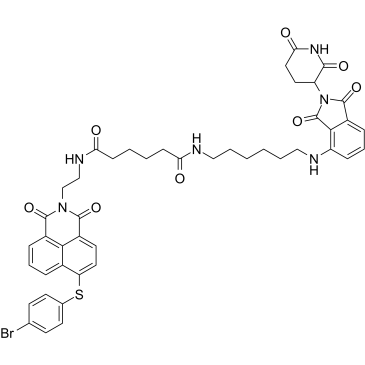
-
GC34389
PUMA BH3
PUMA BH3 ist ein p53-hochreguliertes Modulator-of-Apoptose (PUMA)-BH3-DomÄnenpeptid, das als direkter Aktivator von Bak wirkt, mit einem Kd von 26 nM.
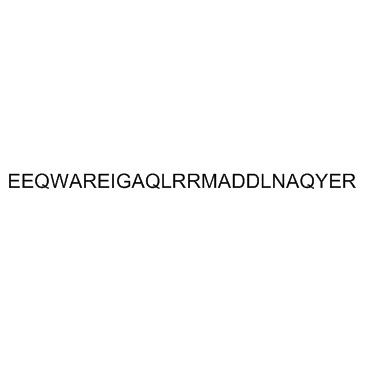
-
GC12902
Pyridoclax
Pyridoclax ist ein potenzieller Mcl-1-Inhibitor.
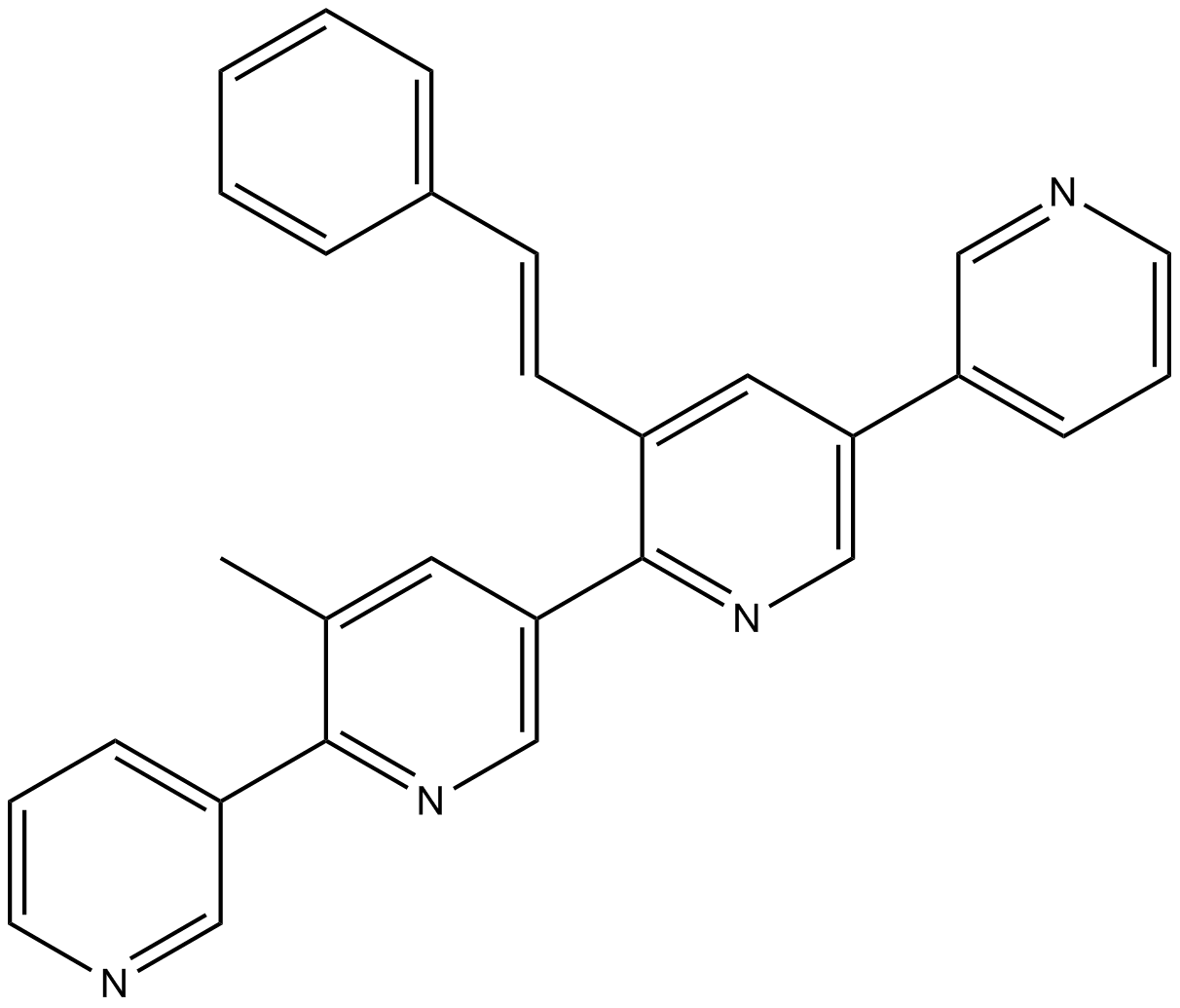
-
GC11140
Radotinib(IY-5511)
Bcr-Abl tyrosine kinase inhibitor
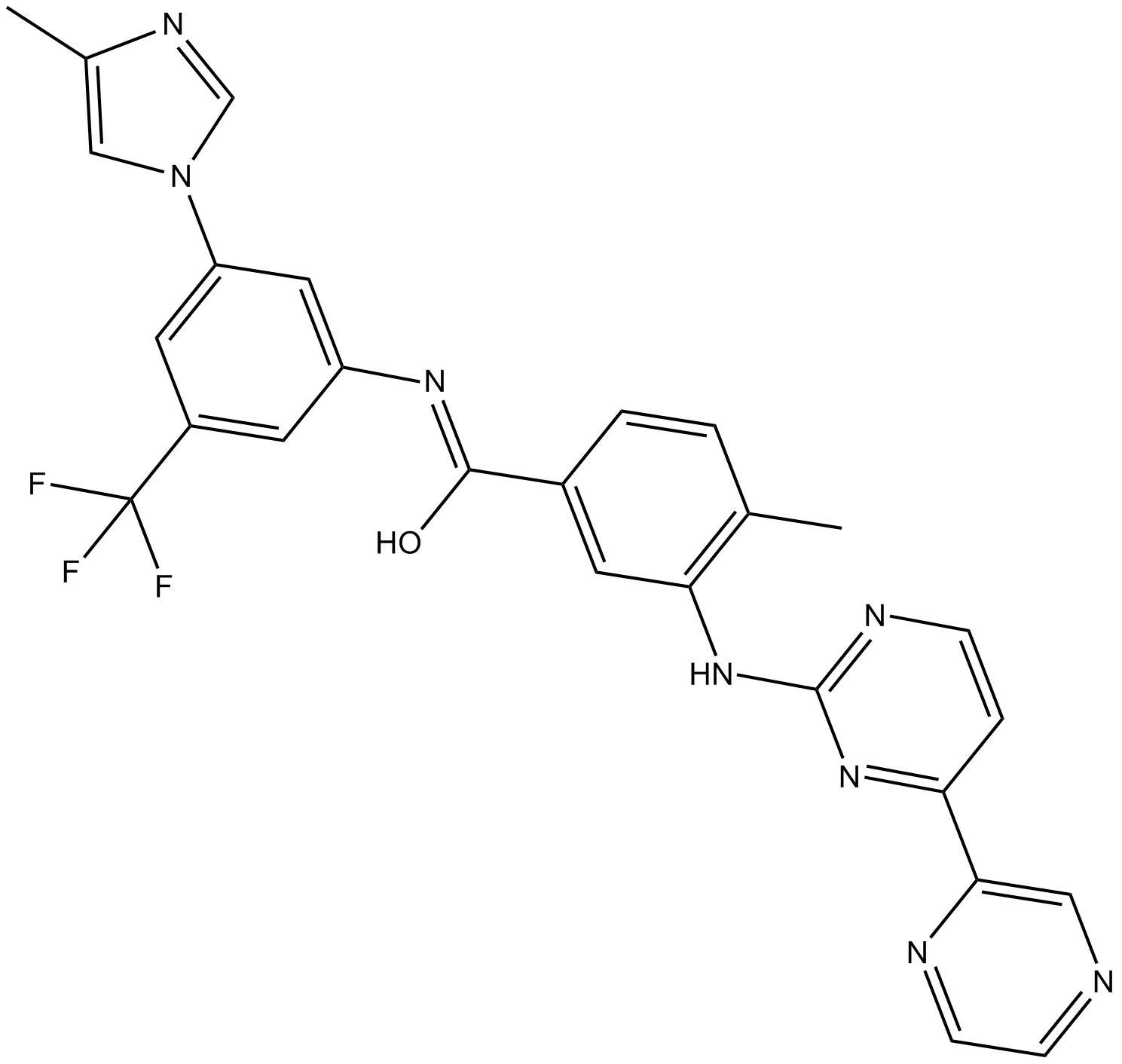
-
GC32947
S55746 (BLC201)
S55746 (BLC201) (BCL201) ist ein potenter, oral aktiver und selektiver BCL-2-Inhibitor mit einem Ki von 1,3 nM und einem Kd von 3,9 nM. S55746 (BLC201) (BCL201) hat eine AntitumoraktivitÄt mit geringer ToxizitÄt.
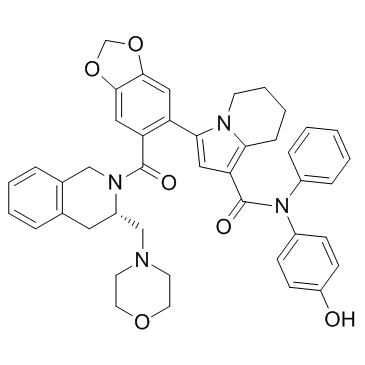
-
GC33401
S55746 hydrochloride (BLC201 (hydrochloride))
S55746-Hydrochlorid (BLC201 (Hydrochlorid)) (BCL201-Hydrochlorid) ist ein potenter, oral aktiver und selektiver BCL-2-Inhibitor mit einem Ki von 1,3 nM und einem Kd von 3,9 nM. S55746-Hydrochlorid (BLC201 (Hydrochlorid)) (BCL201-Hydrochlorid) hat eine AntitumoraktivitÄt mit geringer ToxizitÄt.
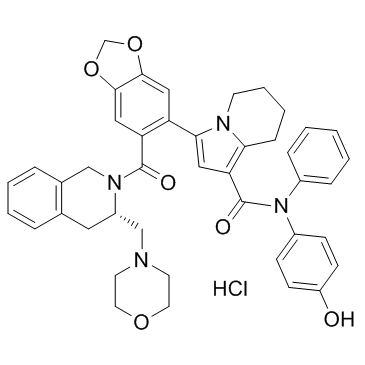
-
GC12621
S63845
S63845 ist ein potenter und selektiver Inhibitor der myeloischen LeukÄmie 1 (MCL1) mit einem Kd-Wert von 0,19 nM fÜr menschliches MCL1.
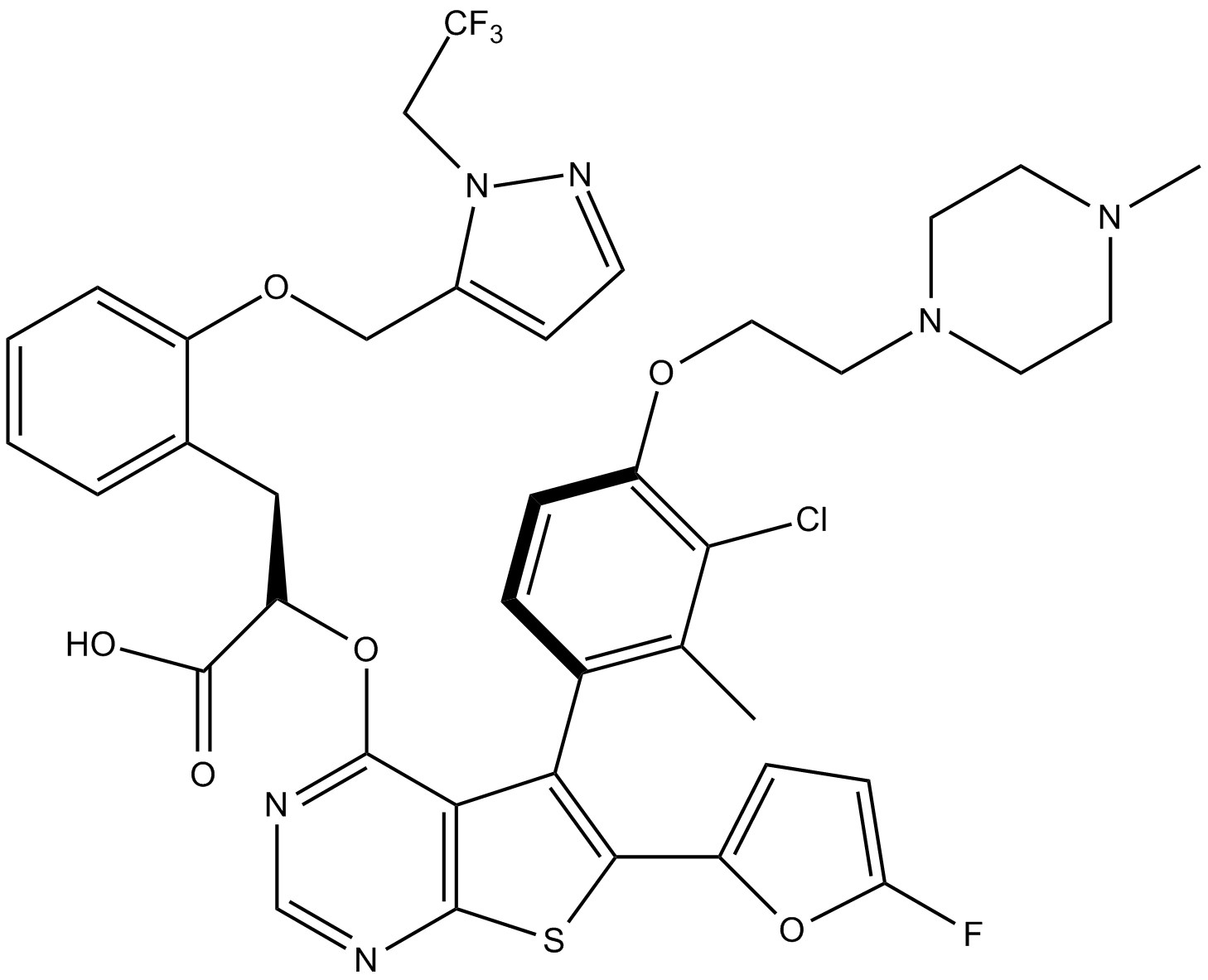
-
GC62554
S65487
S65487 (VOB560), ein potenter und selektiver BCL-2-Hemmer, ist ein Prodrug von S55746. S65487 ist auch bei BCL-2-Mutationen wie G101V und D103Y aktiv. S65487 hat eine geringe AffinitÄt zu MCL-1, BFL-1 und BCL-XL. S65487 induziert Apoptose und hat AntikrebsaktivitÄten.
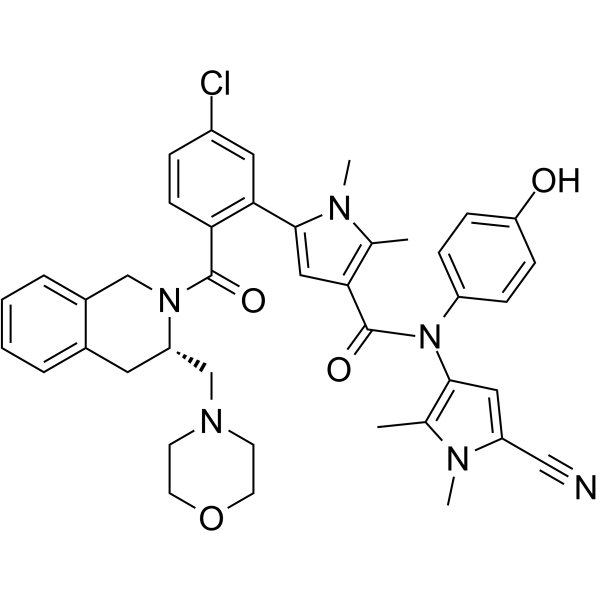
-
GC63426
S65487 hydrochloride
S65487 (VOB560) Hydrochlorid, ein potenter und selektiver Bcl-2-Inhibitor, ist ein Prodrug von S55746. S65487-Hydrochlorid ist auch bei BCL-2-Mutationen wie G101V und D103Y aktiv. S65487-Hydrochlorid hat eine geringe AffinitÄt zu MCL-1, BFL-1 und BCL-XL. S65487-Hydrochlorid induziert Apoptose und hat Antikrebs-AktivitÄten.
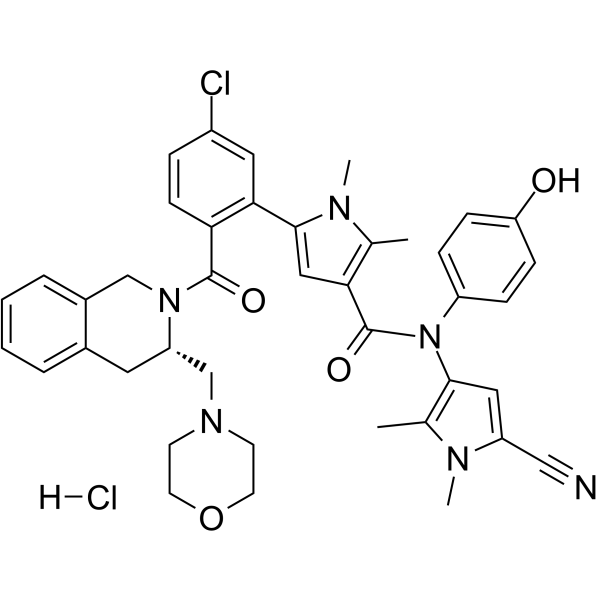
-
GC63531
S65487 sulfate
S65487 (VOB560) Sulfat, ein potenter und selektiver Bcl-2-Inhibitor, ist ein Prodrug von S55746. S65487-Sulfat ist auch bei BCL-2-Mutationen wie G101V und D103Y aktiv. S65487-Sulfat hat eine geringe AffinitÄt zu MCL-1, BFL-1 und BCL-XL. S65487-Sulfat induziert Apoptose und hat Antikrebs-AktivitÄten.
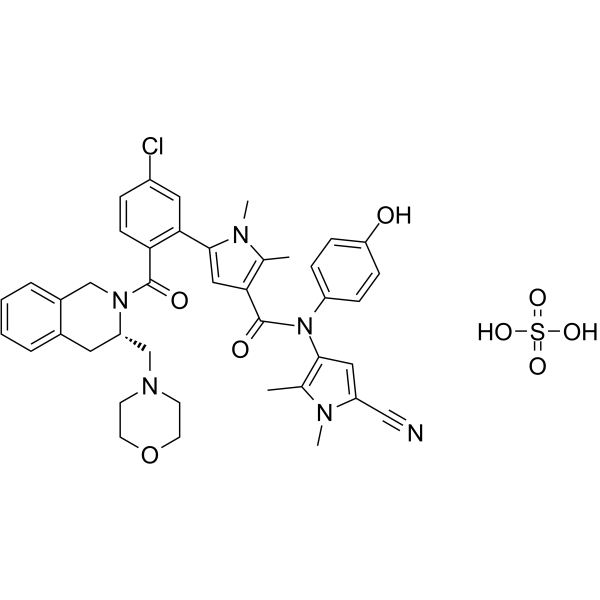
-
GC10153
Sabutoclax
A pan-Bcl-2 inhibitor
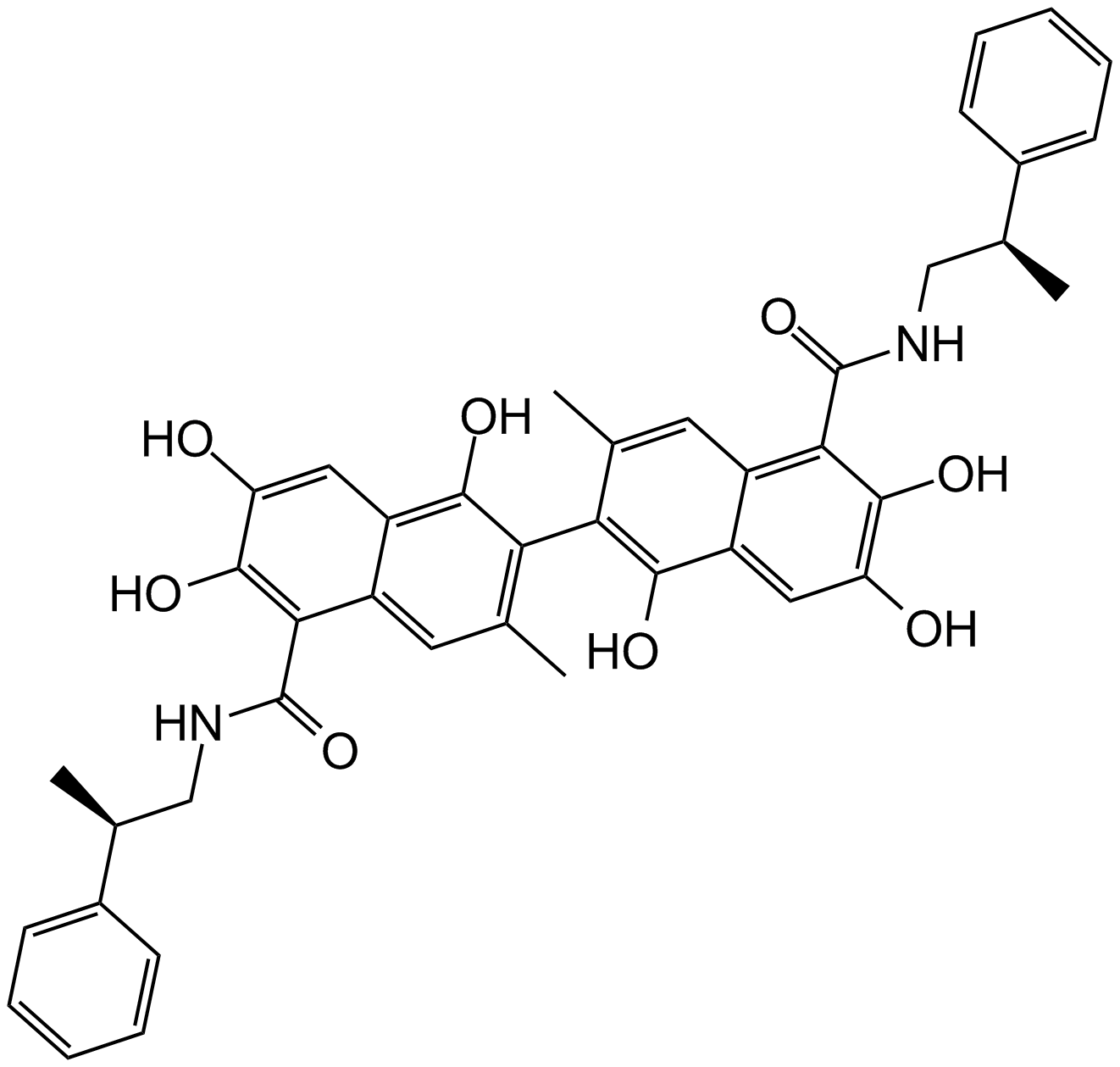
-
GC10567
TCPOBOP
TCPOBOP ist ein konstitutiver Androstanrezeptor (CAR)-Agonist, der eine robuste Hepatozytenproliferation und Hepatomegalie ohne LeberschÄdigung oder Gewebeverlust induziert. TCPOBOP dÄmpft Fas-induzierte murine LeberschÄdigung durch VerÄnderung von Bcl-2-Proteinen.
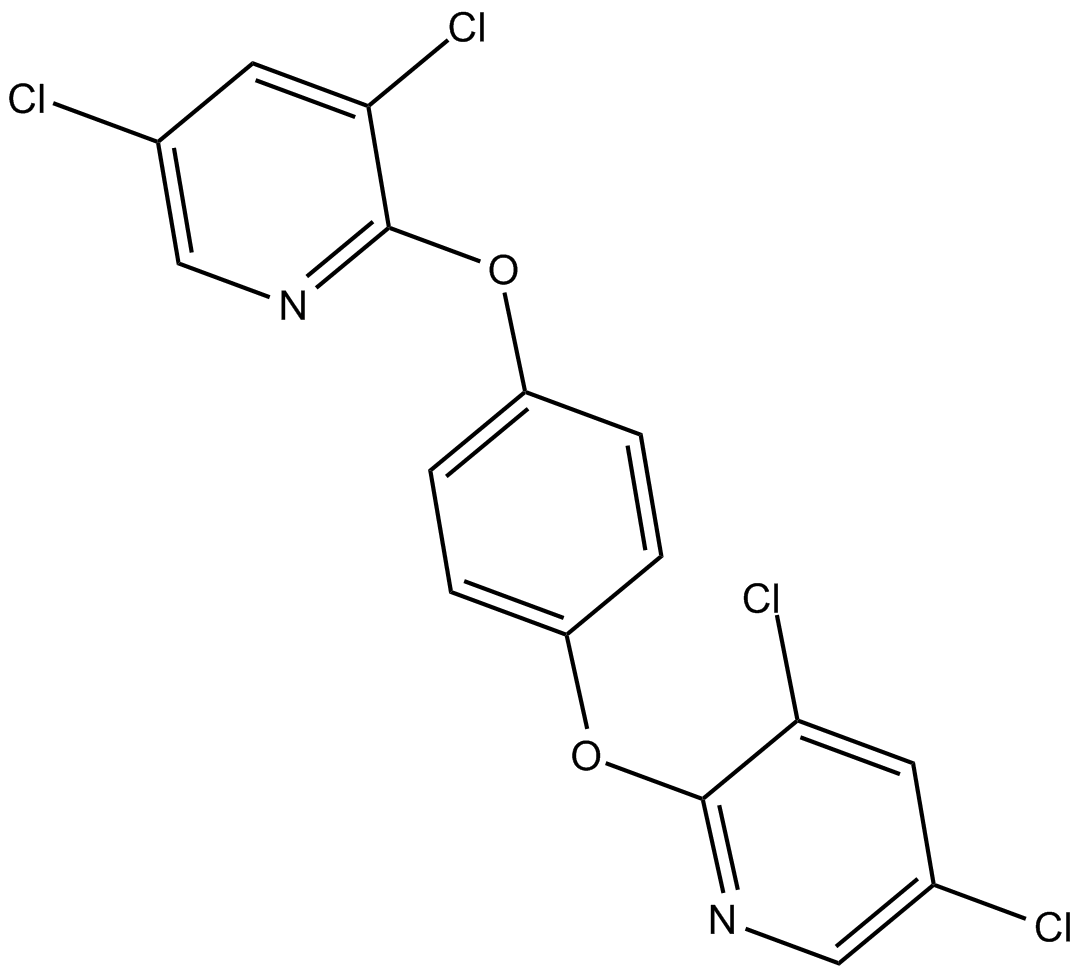
-
GC37780
Thevetiaflavone
Thevetiaflavone kÖnnte die Expression von Bcl-2 hochregulieren und die von Bax und Caspase-3 herunterregulieren.
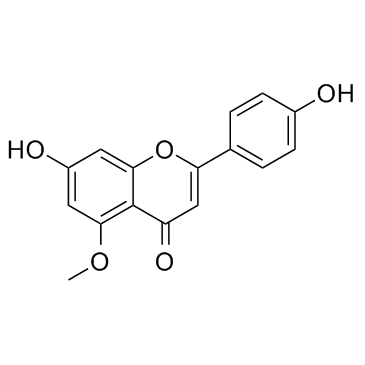
-
GC66021
TP-021
TP-021 (BCL6-IN-8c) ist ein potenter und oral aktiver B-Zell-Lymphom 6 (BCL6)-Corepressor-Interaktionsinhibitor mit einem IC50-Wert von 0,10 μM im zellfreien Enzyme-linked Immunosorbent Assay.
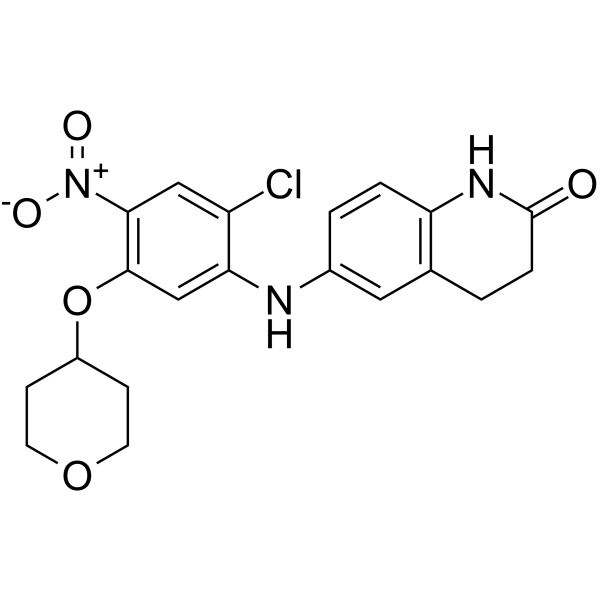
-
GC12649
TW-37
An inhibitor of the Bcl-2 family proteins
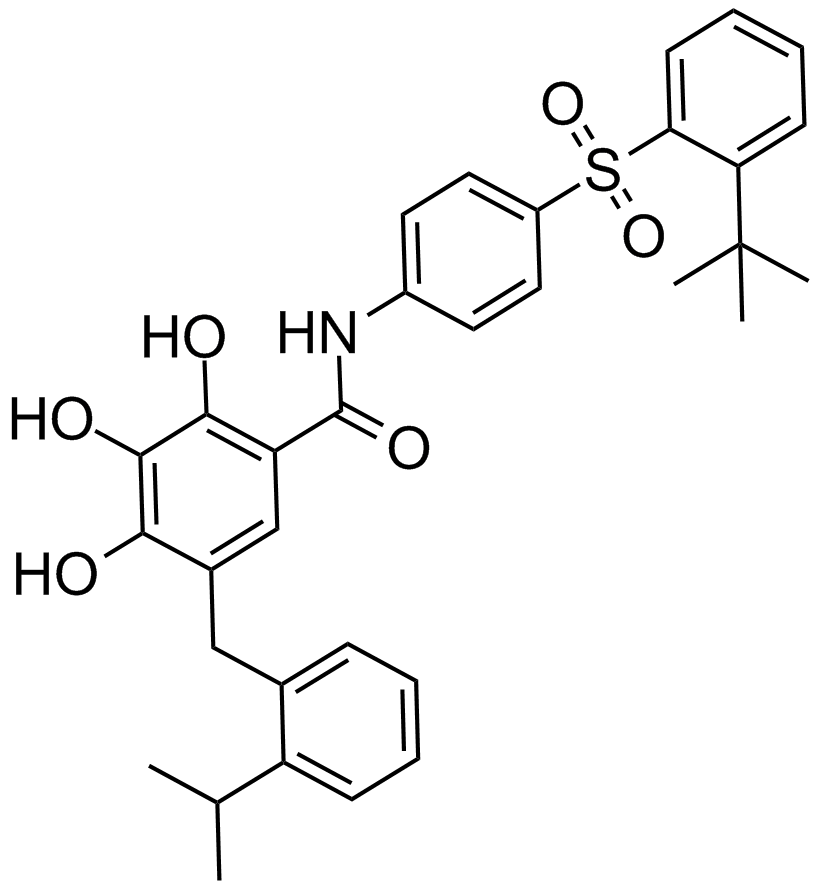
-
GC15805
UMI-77
UMI-77 ist ein selektiver Mcl-1-Inhibitor, der eine hohe BindungsaffinitÄt zu Mcl-1 zeigt (IC50 = 0,31 μM). UMI-77 bindet an die BH3-Bindungsfurche von Mcl-1 mit Ki von 490 nM, was eine SelektivitÄt gegenÜber anderen Mitgliedern von anti-apoptotischen Bcl-2-Mitgliedern zeigt.
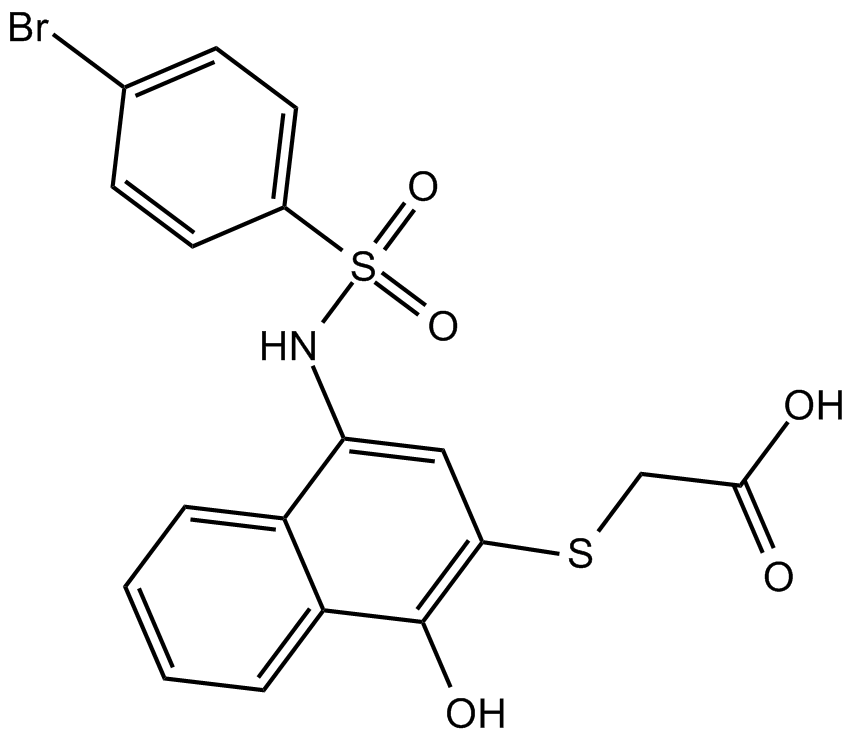
-
GC70114
Venetoclax-d8
Venetoclax-d8 ist das Deuterium-Analogon von Venetoclax. Venetoclax (ABT-199; GDC-0199) ist ein hochwirksamer, selektiver und oral wirksamer Bcl-2-Inhibitor mit einem Ki-Wert von weniger als 0,01 nM. Venetoclax kann eine Autophagie induzieren.
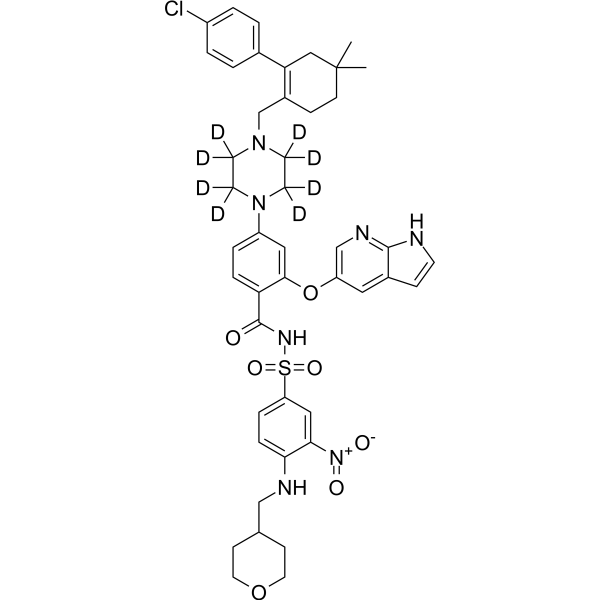
-
GC33052
VU0661013
VU661013 ist ein potenter und selektiver MCL-1-Inhibitor.
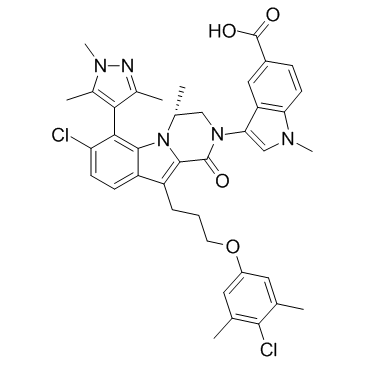
-
GC11921
WEHI-539
A selective Bcl-xL inhibitor
